Kyiv sends 6,000 more drones to Ukrainian defenders
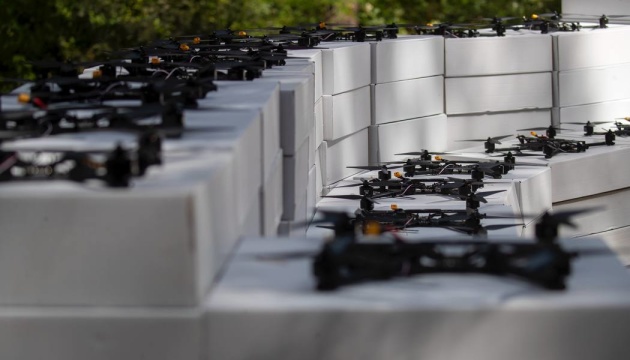

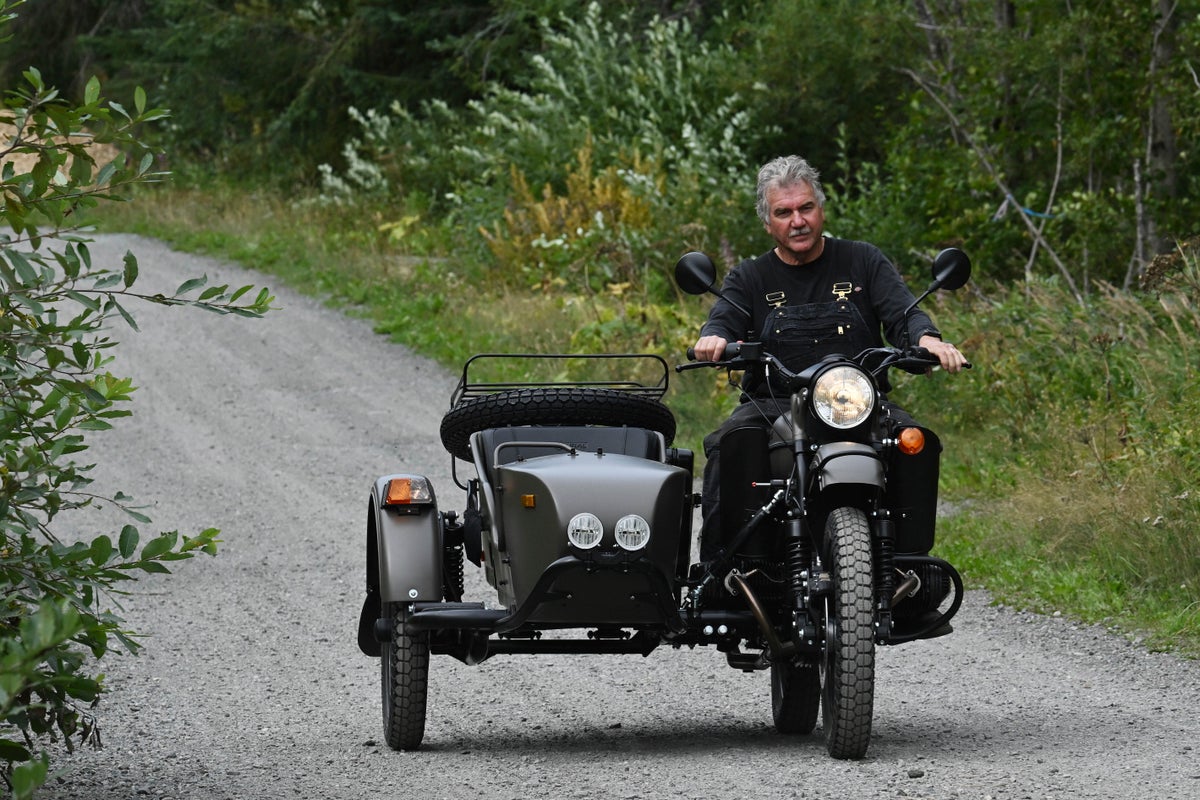
© Anchorage Daily News
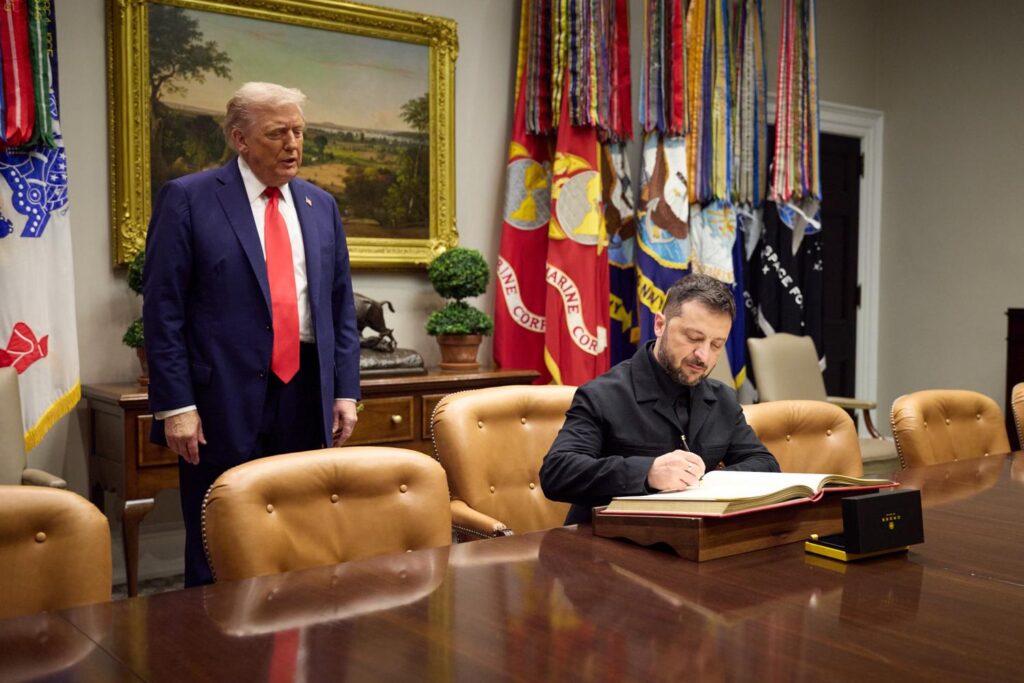
The change of atmosphere in the Oval Office could not have been starker. In February, Ukrainian President Volodymyr Zelenskyy walked into what looked like an ambush, facing a hostile President Trump and Vice President Vance. On 18 August, the same office hosted a cordial and businesslike discussion between leaders coming to a common understanding of how to deal with Vladimir Putin’s aggression.
After months of education about Putin’s methods and Trump’s negotiating style—including Trump’s Alaska meeting with Putin that failed to produce the easy peace he had promised—all parties are adopting a more realistic approach away from wishful thinking toward the kind of concerted pressure that may eventually lead to ending Europe’s deadliest war since World War II.
The Ukrainian side clearly learned its lessons from the previous hostile encounter. President Zelenskyy expressed gratitude, emphasized that US aid didn’t come as gifts, and avoided contradicting Trump or presenting graphic war imagery that derailed the last meeting.
Instead, he arrived with maps, battlefield assessments, and specific ideas.
His message was clear: although Russia controls about 20% of Ukrainian territory, subtract areas seized in 2014-2015 during Ukraine’s weakness, and Russian gains over three and a half years of full-scale war have been remarkably limited.
This tells a story of Russian bluff rather than Russian strength.
Ukraine made a crucial adjustment by dropping its insistence on NATO membership as the only acceptable security arrangement. This removes a major irritant for Trump and strips Russia of its stated pretext for aggression while opening space for alternative frameworks that could prove equally effective.
The proposed Article 5-level security guarantees from a coalition of 30 countries including NATO and non-NATO members such as Japan, New Zealand and Australia represent serious deterrence and deflate Russian narratives completely.
Ukraine also proved it can make deals. The recent minerals agreement with the United States demonstrated Ukrainian reliability and skill as a negotiating partner. This credibility played an important role in securing a respectful conversation in Washington rather than another steamroller attempt.
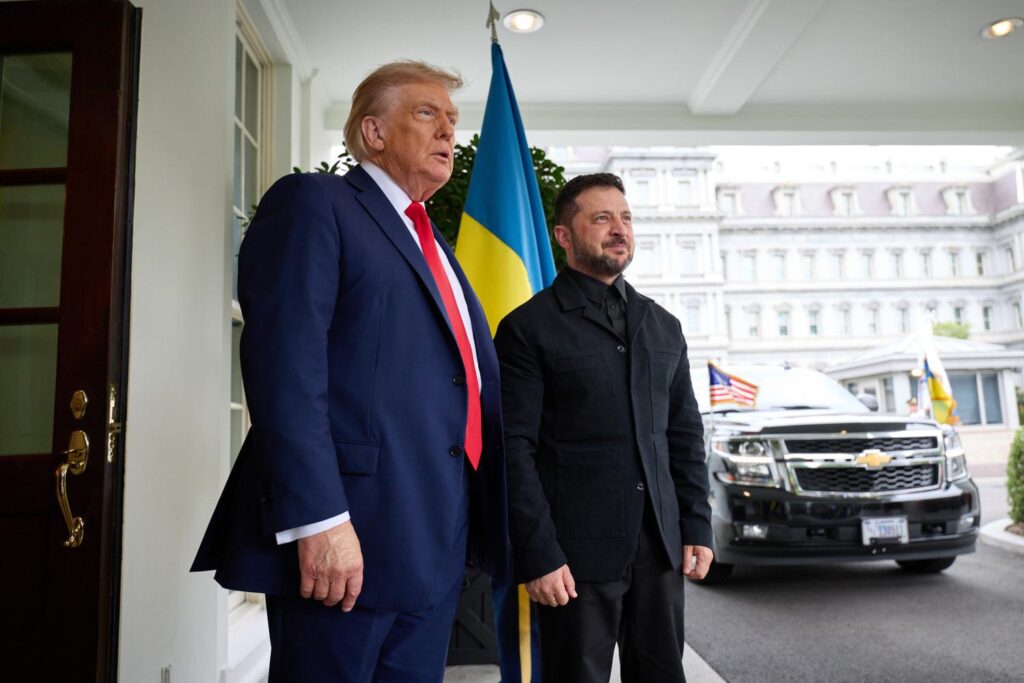
President Trump’s evolution has been equally significant.
His initial belief that he could charm Putin into peace through generous concessions has given way to a different approach entirely.
Trump expressed irritation with Putin’s duplicity, refused to discuss business opportunities before the war stops, and ordered two US nuclear submarines to “be positioned in the appropriate regions” in response to Russia’s nuclear saber-rattling.
Trump appears to have learned what Ukraine discovered long ago: Putin interprets willingness to compromise as weakness. While Trump continues making public overtures toward Putin as part of his deal-making philosophy, his actions tell a different story:
This looks like a return to “peace through strength,” though there’s an obstacle to applying it fully. NATO countries have acknowledged they’re not ready for confrontation with Russia and are working to build up their strength in what resembles an exercise of saying “nice doggy” while looking for a stick.
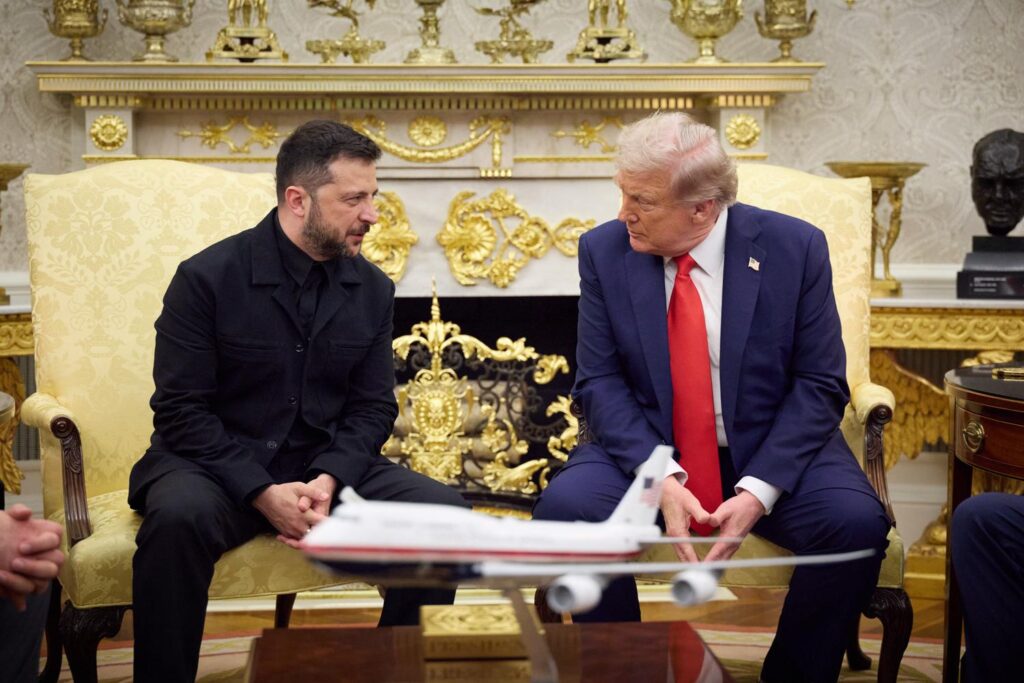
Putin finds himself in an increasingly difficult position. Having claimed NATO expansion was Russia’s primary concern, he now faces a situation where Trump has categorically ruled out Ukrainian NATO membership.
If Putin continues rejecting peace talks under these conditions, he loses his victim narrative and reveals himself clearly as the aggressor—exactly what Russia has tried to avoid.
Putin’s manipulation tactics, while still present, appear to be losing effectiveness. His transparent attempts to flatter Trump over the 2020 election and the humiliation of President Biden, plus the Trump portrait given as a gift, represent obvious flattery that seems to be increasingly losing grip.
More significantly, Putin’s refusal to accept Trump’s generous initial concessions demonstrated to the American president that the Russian leader may not really mean what he says.
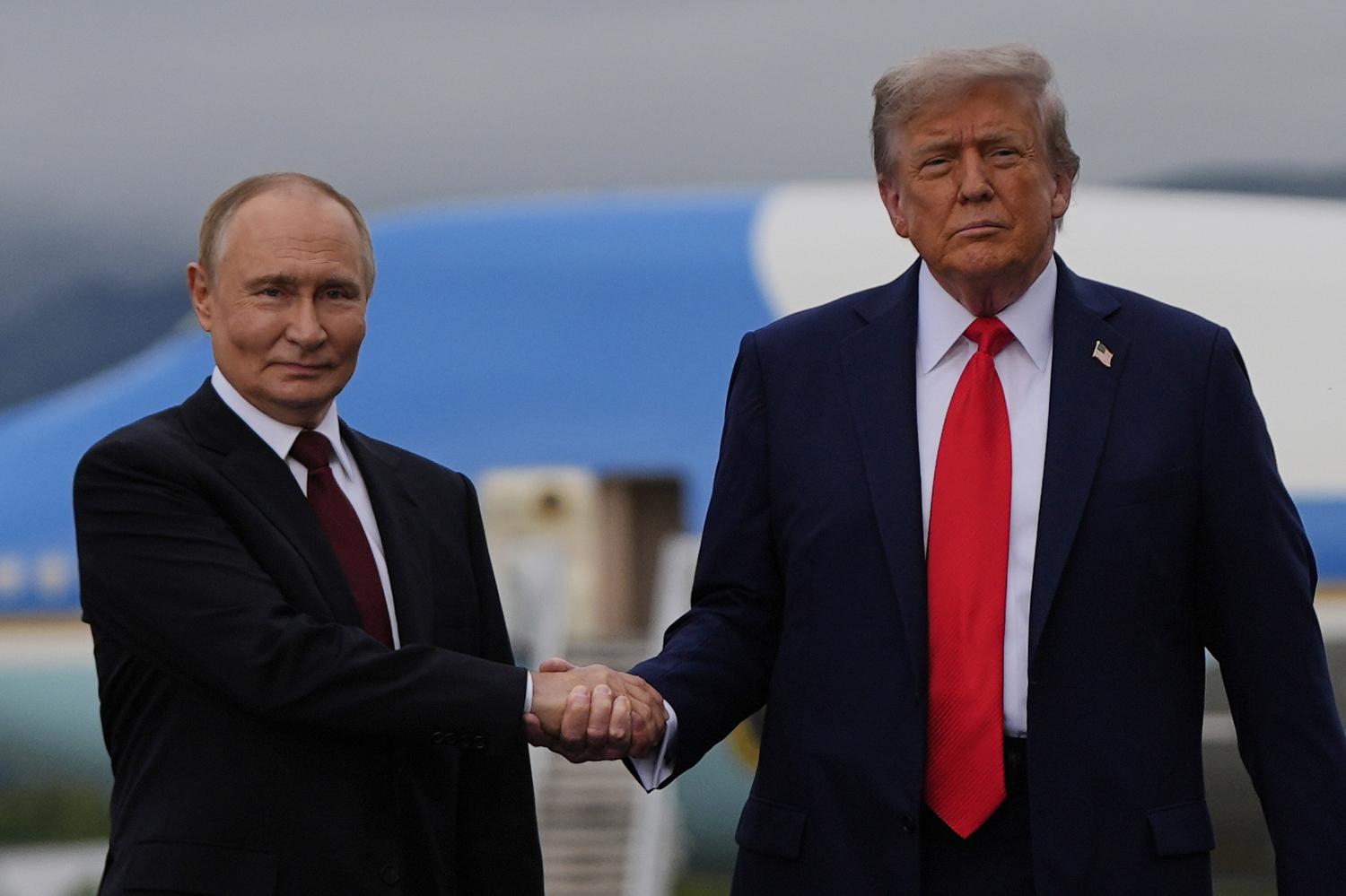
Russia’s economy is heading toward recession and stagflation. Russia faces slowing production, high inflation, and high interest rates. While Moscow has managed to escape the Afghanistan effect on its society by recruiting contract soldiers from poorer regions rather than sending young conscripts to the frontline, this strategy has limitations.
Ukrainian long-range strikes disrupting Russian economic activity, plus western sanctions limit Russia’s ability to sustain the strategy for long.
Europe is showing signs of waking up to the new security environment. Despite divisions within the European Union, particularly from countries like Hungary, a core coalition remains committed to maintaining sanctions pressure on Moscow while supporting Ukrainian security, as demonstrated in the 18 August White House meeting.
The European Commission has developed strategic documents to enhance Europe’s defense readiness and devised financial instruments to help build and modernize the European defense industrial base. Ukraine is increasingly involved as Europe’s partner.
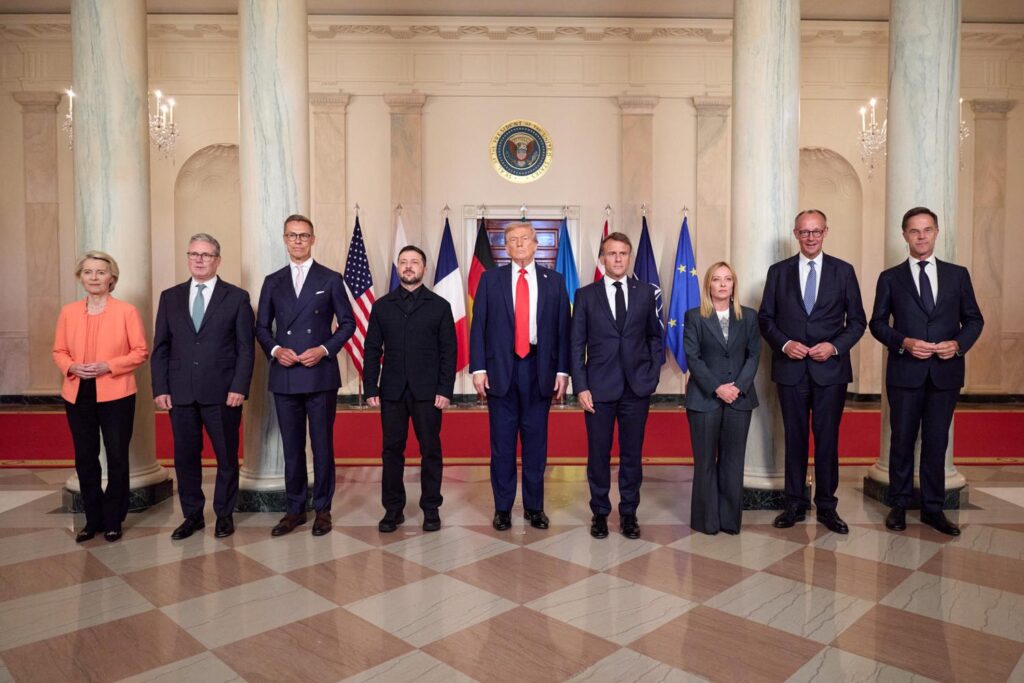
Like traditional NATO Article 5 protections, the Coalition of the Willing comprised mostly of Europeans will commit to defending Ukraine according to their capabilities, as President Zelenskyy explained.
Some will provide military contingents, some will give financial support, others could secure Ukraine’s coastline, and still others might handle air defense. This arrangement represents a big step forward from other security arrangements Ukraine has been offered—the 1994 Budapest memorandum or the Ukraine Compact adopted at the NATO Vilnius summit.
The territorial question remains the most difficult issue, particularly regarding Crimea and Donbas. Ukraine will never formally recognize Russian sovereignty over the peninsula, but there appears to be growing acceptance that military reconquest is currently impossible.
Russian control of Crimea creates ongoing security threats extending far beyond Ukraine’s borders. Crimea serves as a southern bridgehead that Russia already used to launch its 2022 attack against Ukraine. Continued Russian presence there ensures this threat remains active.
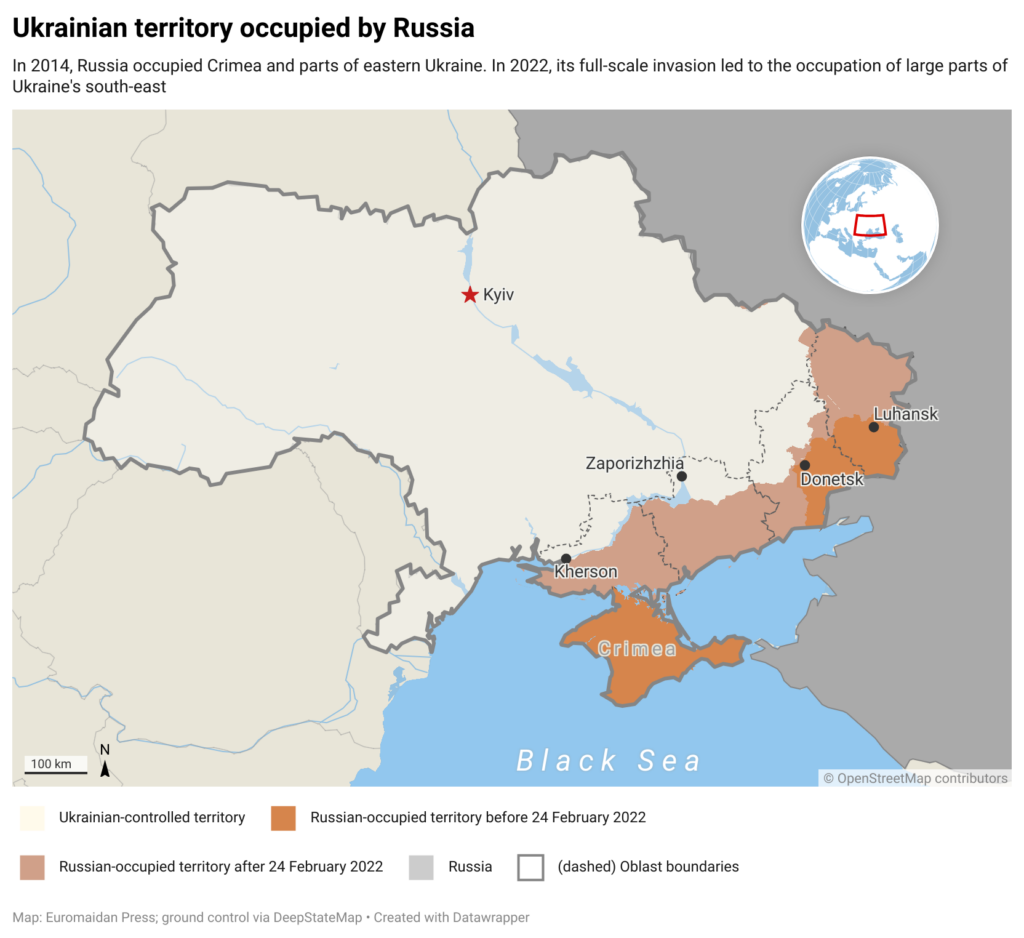
Ukrainian shipping lanes through the Black Sea will remain vulnerable to Russian interdiction from Crimean bases.
Most critically for Western interests, Russian military positions in Crimea place Moscow significantly closer to European NATO members, creating security challenges for the entire alliance.
Ukraine’s European partners have been explicit about their red lines regarding territorial concessions achieved through force. The principle at stake—that borders cannot be redrawn through military aggression—represents a cornerstone of the international order that extends far beyond Ukraine’s specific situation.
Recent developments suggest that substantive negotiations between Russia and Ukraine could take place. Putin’s agreement to meet Zelenskyy personally before trilateral talks with the US president, Trump’s willingness to participate in security guarantee discussions, and the emergence of a credible international coalition all point toward more serious diplomacy than we’ve seen since the war began.
But this progress remains fragile. Putin’s track record on agreements is poor, and his refusal to agree to a ceasefire indicates he still favors continued conflict.
The path forward requires sustaining economic and military pressure on Russia while building the strength necessary to enforce any eventual agreement. Sanctions should remain until concrete progress occurs, weapons deliveries to Ukraine must continue, and the coalition of willing nations must finalize security arrangements that will credibly deter future Russian aggression.
After eleven years of war, the possibility of a negotiated settlement finally appears somewhat realistic. Nobody in Ukraine is rosy-eyed about Russian intentions and Putin’s ability to continue inflicting lots of pain.
The stakes extend beyond Ukraine to the future of European and possibly even global security. Failure will invite further challenges from Russia and other authoritarian powers watching closely. Ukraine and its allies and partners must not fail.
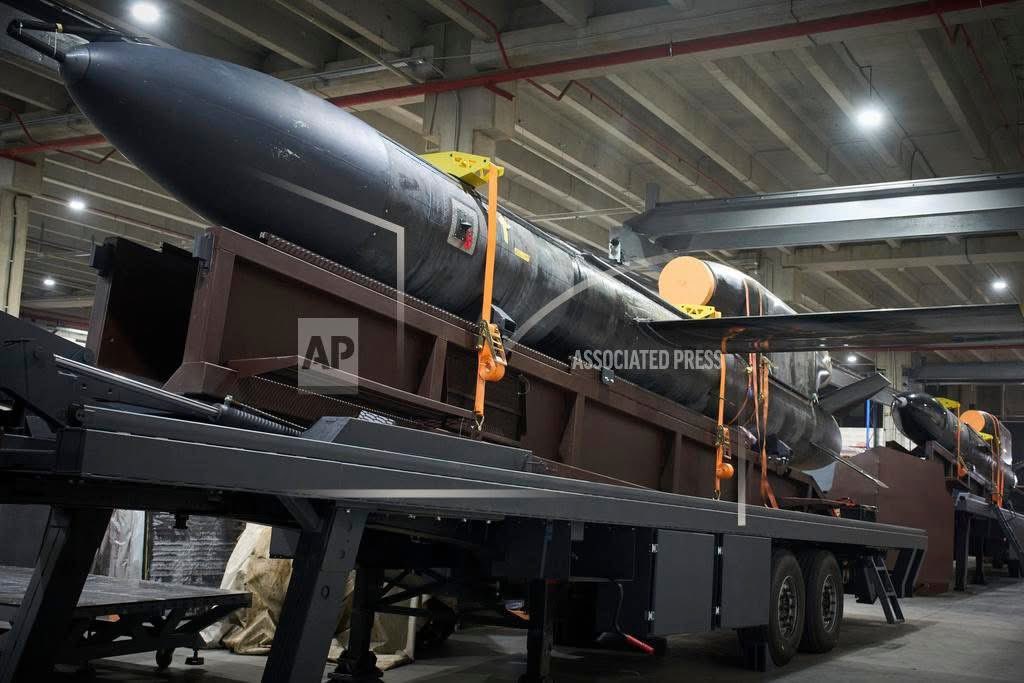
When images of Ukraine’s new Flamingo cruise missile appeared, experts quickly pointed out the resemblance to another system.
The War Zone (TWZ) described Flamingo as “extremely similar, if not identical” to the FP-5 made by UAE-based Milanion. Its specifications — 3,000 km range, 950 km/h top speed, a one-ton warhead, and rail-trailer launchers — align almost exactly with Milanion’s brochure. Still, TWZ cautioned that “the exact relationship… is unknown,” leaving room for Ukrainian modifications.
Ukraine’s arsenal has long been defined by shortage. Western aid remains vital but insufficient, while domestic production struggles to match demand. Out of this gap came drones—not as a choice but as a necessity—allowing Kyiv to strike deep despite limited means. The Flamingo now represents a step beyond improvisation toward true strategic weapons.
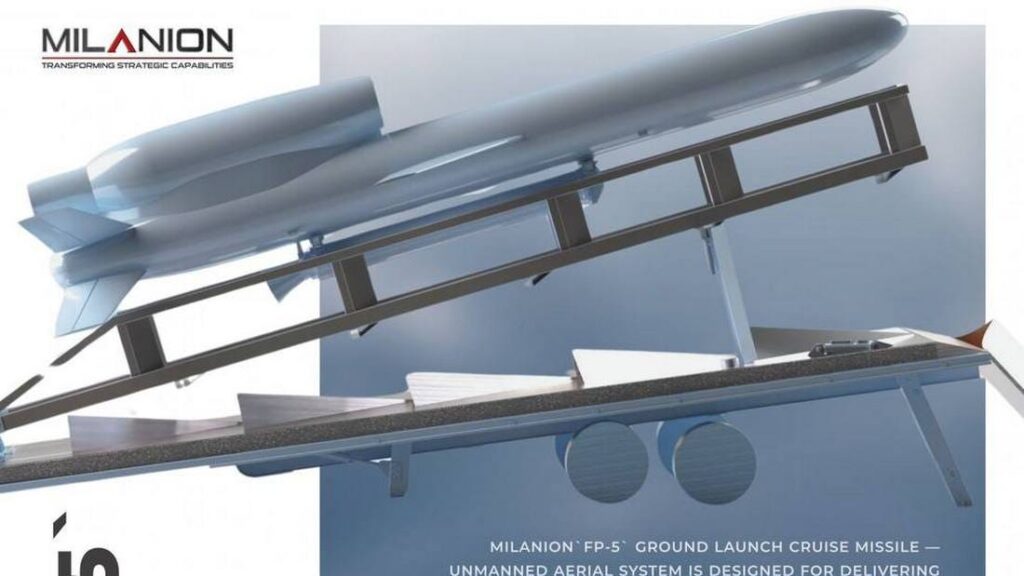
Like the FP-5, Flamingo is no small weapon. Defense Express called it a “behemoth” with a six-meter wingspan and six-ton takeoff weight. Its simple, straight wings make it cheaper to produce but easier to detect.
“The larger the missile, the more noticeable it becomes,” they noted, though they stressed the lack of stealth is “not a critical one.” Ukraine has already used large, non-stealthy Tu-141 drones to strike deep into Russia, proving size is not an automatic disqualifier.
TWZ, however, added a sharper caveat: with “what looks like zero attempts at signature control, the Flamingo is far from immune to interception.” Yet this vulnerability is also part of its logic — a missile that blurs the line with drones, built for mass production and salvos rather than invisibility.
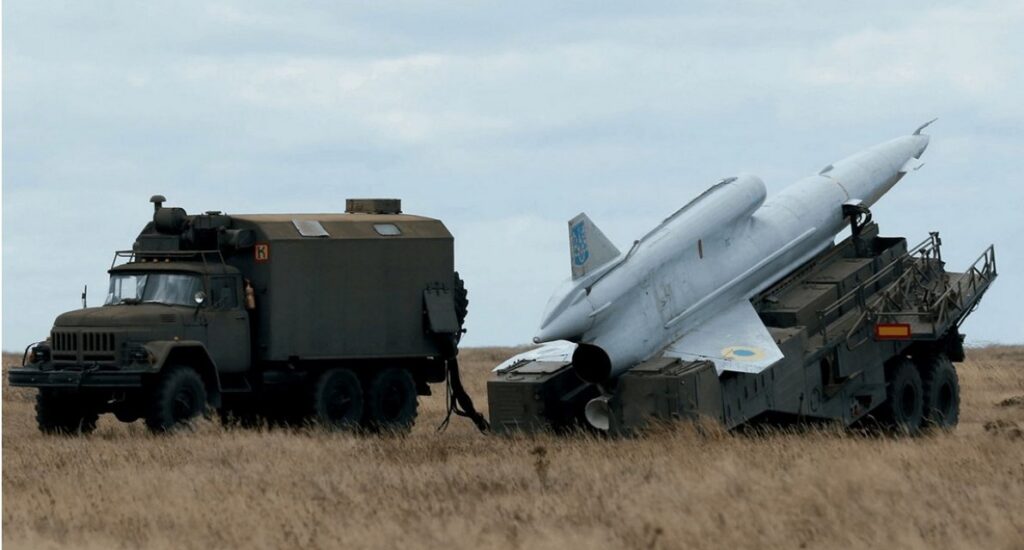
Manufacturer Fire Point has gone further than analysts, telling Ukrinform and Kyiv Post that Flamingo is “better than the US Tomahawk.”
“Tomahawks… are outdated. They have absolutely everything worse than today’s Flamingos,” a company representative claimed, adding that Tomahawks are also “five times more expensive.”
On paper, Flamingo outranges most Tomahawk versions, carries more than double the payload, and flies slightly faster. Where Tomahawk still holds an edge is in its proven TERCOM guidance system, which allows it to resist GPS jamming — a crucial factor in Ukraine’s electronic warfare environment.
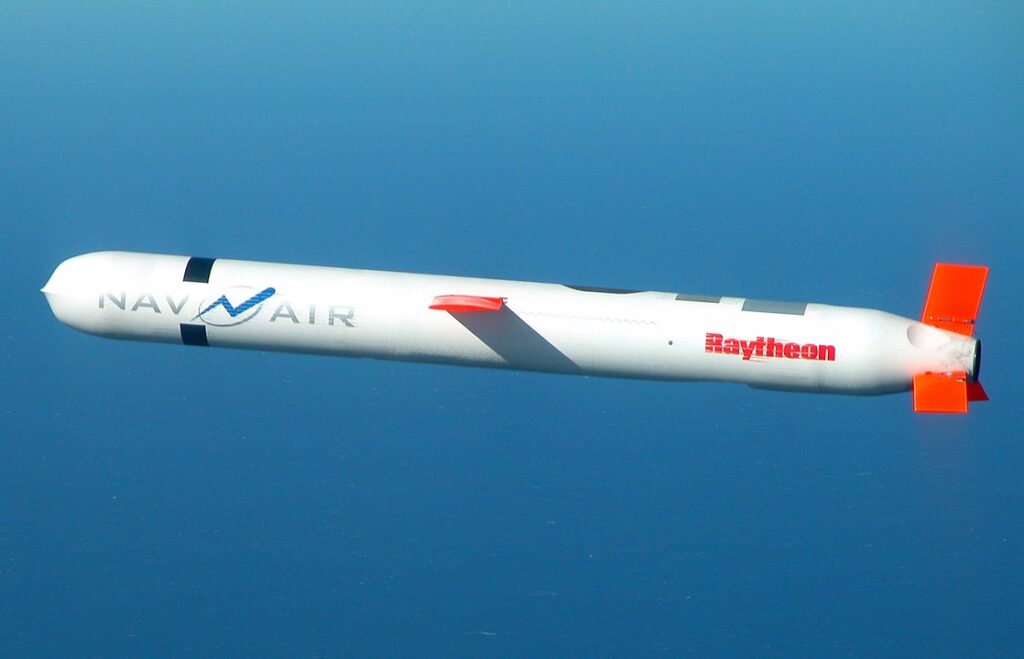
The Flamingo is not the first missile of its kind. Its reliance on ground-rail launchers recalls Germany’s V-1 flying bomb of World War II, while its bulk and range echo the US MGM-13 Mace fielded in Europe during the 1950s. More recently, it sits in the same strategic category as Russia’s Kalibr, which has been used extensively against Ukrainian cities.
Each of these weapons marked a shift in reach and destructive power. Flamingo may be Ukraine’s turn at the same playbook.

The Telegraph framed Flamingo as more than a technical feat. Vladimir Putin’s political stability, it argued, rests on shielding Moscow and St. Petersburg from devastation.
“The Flamingo could potentially… visit the same sort of destruction on Putin’s core cities as Russian weapons have on those of Ukraine,” wrote Lewis Page. But he cautioned that Flamingo is “essentially just a faster drone” and would need to be deployed in large salvos with decoys to get through Russia’s formidable defenses.
On the eve of Trump–Zelenskyy talks, Ukraine unveiled footage of its new Flamingo missile — 3,000 km range, 1,150 kg warhead, now in mass production and used against targets in Russia.
— Euromaidan Press (@EuromaidanPress) August 18, 2025
Defense Minister Shmyhal: “This is very powerful, long-range weaponry — and it’s here.”… pic.twitter.com/N0f8YMgzVB
Whether Flamingo changes the battlefield will depend on production scale and its ability to survive modern air defenses. What is certain is that Ukraine now has a weapon that embodies strategic independence: a domestically produced missile, resembling Milanion’s FP-5, but aimed at taking the war much deeper into Russia than ever before.
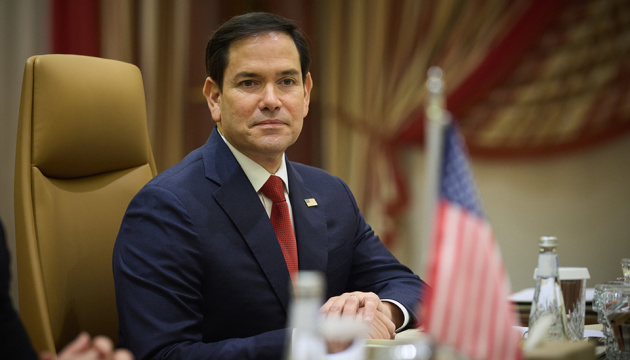

The president was reaching for a ‘4 More Years’ hat to show the Ukrainian president

© Margo Martin / X
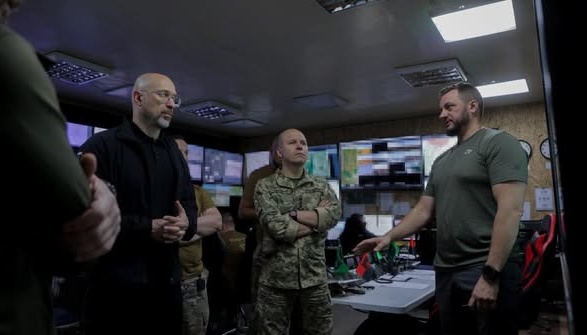
Editorial: Following Volodymyr Zelensky’s skilful performance in the White House, supported by an impressive posse of European leaders, the diplomatic focus is firmly – and, for the Russian president, uncomfortably – on Moscow’s next move

© Sputnik
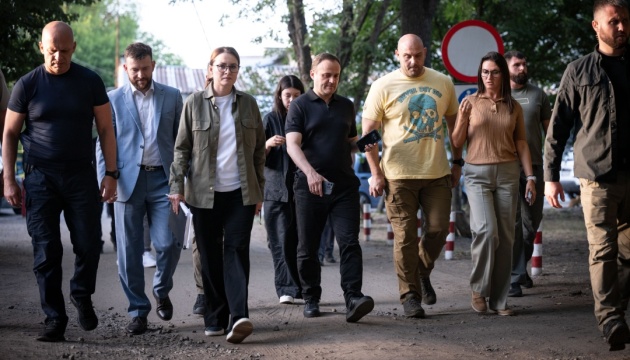
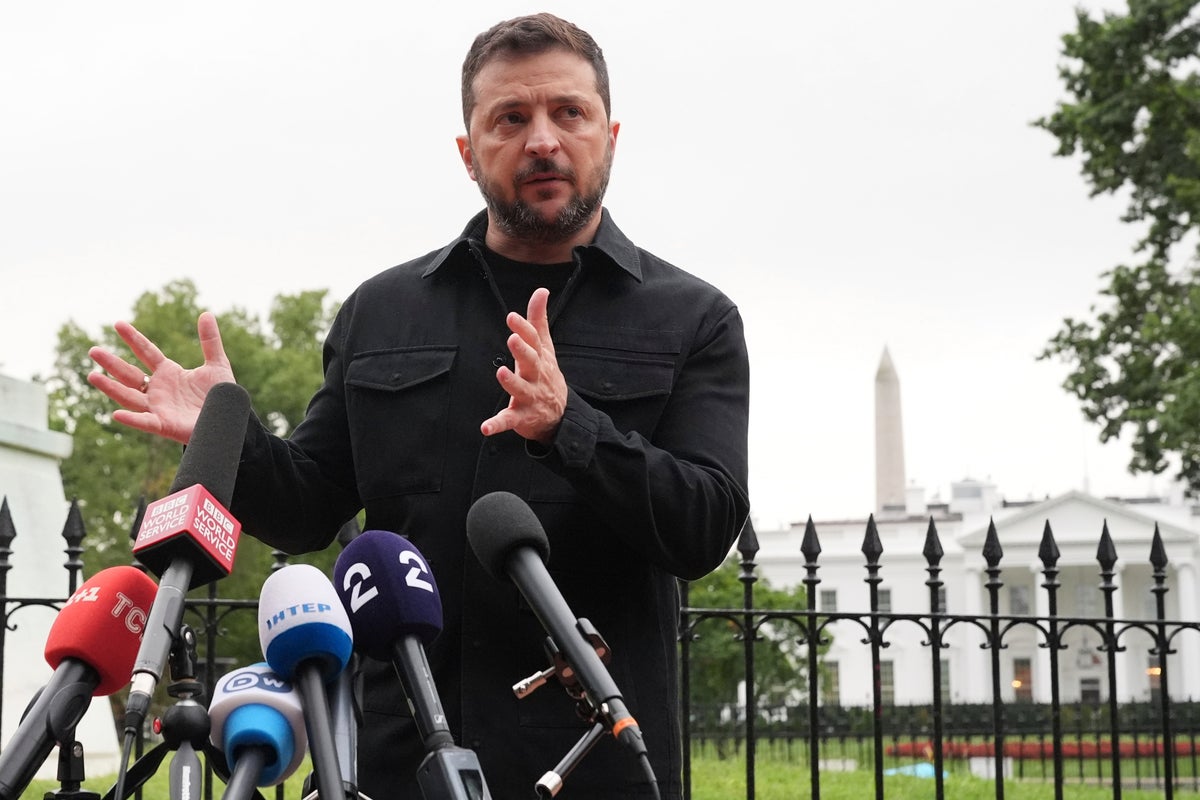
© Copyright 2025 The Associated Press. All rights reserved.
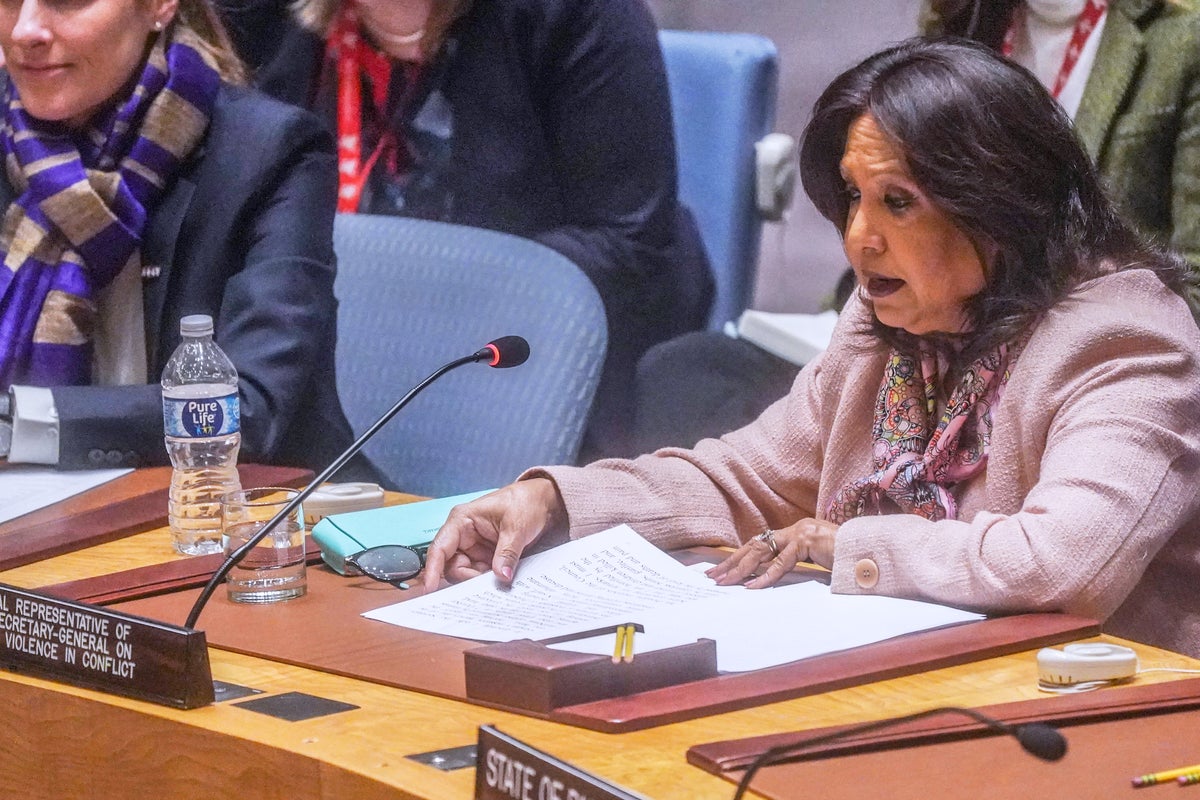
© Copyright 2024 The Associated Press. All rights reserved.
Sir Keir Starmer has led a follow-up meeting to the White House gathering with 30 international leaders to discuss the next steps for ensuring Ukraine’s security

© AFP./Getty

Chinese refineries have boosted their purchases of flagship Russian crude, taking advantage of discounted cargoes that India refused, while Washington is stepping up trade tariffs against New Delhi, Bloomberg reports.
India is one of Russia’s main economic partners, after China. Moscow continues to profit from oil supplies to India, accounting for nearly 35% of the country’s imports. Moscow’s energy exports remain its leading source of revenues, which it uses to fund its war against Ukraine.
According to Kpler, in August, Urals crude shipments from the Baltic and Black Sea ports to China averaged nearly 75,000 barrels per day. This is almost twice the year-to-date average of 40,000 barrels per day. At the same time, exports to India fell to 400,000 barrels per day from an average of 1.18 million barrels per day.
Analysts note that Chinese refineries are currently in a favorable position to continue buying Russian oil, unlike their Indian counterparts.
Data from Kpler and Energy Aspects suggest Chinese refineries have likely purchased 10–15 shipments of Urals for delivery in October–November.
Experts predict that Chinese buyers could acquire more cargoes in the coming days if prices remain attractive.
At present, at least two Urals tankers are idling off the Chinese coast, with several more expected to arrive in the coming weeks. Indian refiners are staying on the sidelines.
Without Chinese purchases, Russian crude may have to be sold at a discount to attract new buyers.
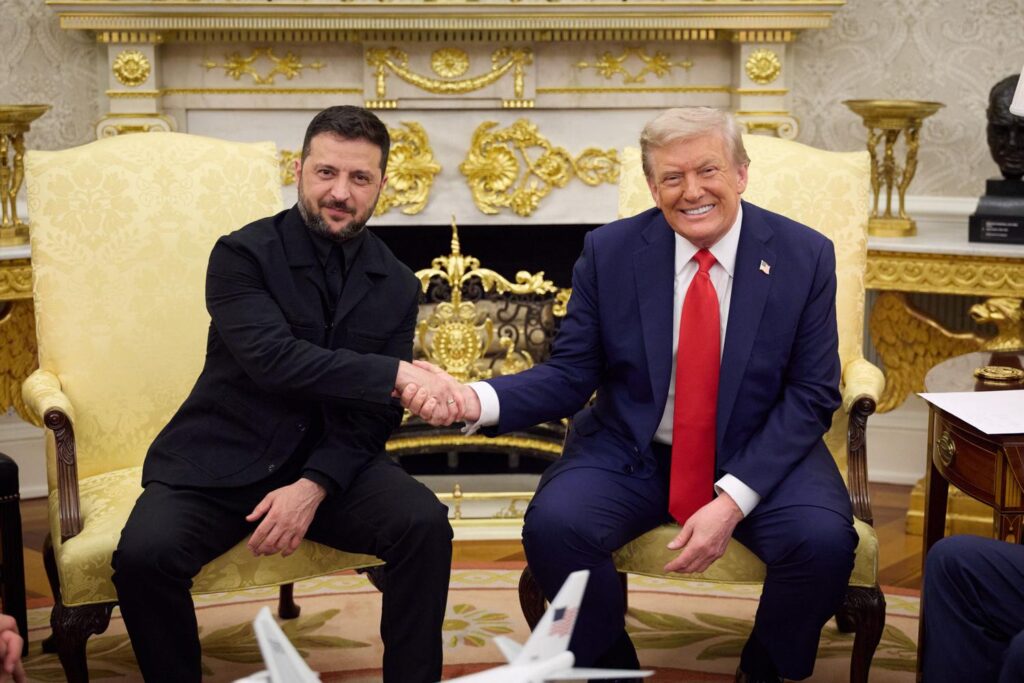
The meeting between Volodymyr Zelenskyy and Donald Trump on 18 August revealed the kind of peace Trump wants to build and the risks that come with it.
He offered “NATO-like” protection for Ukraine without putting Ukraine in NATO. He said Europe would be the first line of defense, and the United States would help.
That sounds strong, but strength in security talks comes from enforcement. If the guarantee has no teeth, it is a headline, not a shield.
The first early test came over a ceasefire. In Alaska, Trump told Vladimir Putin to halt the fighting. Putin refused.
After that, Trump told Zelenskyy that a ceasefire was not required for talks. Europe pushed back:
That shift matters. Fighting during talks helps the side with more shells, more men, and more time. Russia benefits from that, not Ukraine.
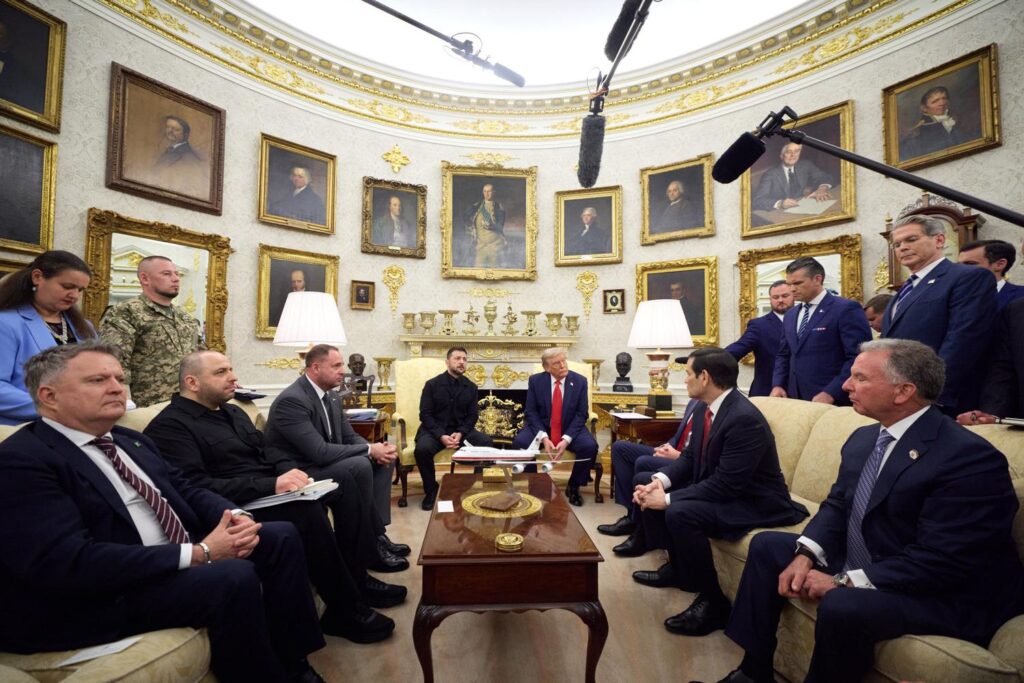
Trump then laid out a sequence. First, a Zelenskyy–Putin meeting. Then a three-way meeting with Trump. He said Putin suggested this order. Europeans repeated that claim.
Moscow did not confirm a summit. The Kremlin only said it might be worth “raising the level of representatives.” That is not a yes. It is a maybe. It keeps pressure on Kyiv while giving Moscow room to stall.
The hardest question surfaced next: territory. Trump told European leaders they would discuss possible territory exchanges based on the current line of contact.
Zelenskyy said land issues would be handled directly with Putin and that no land was being ceded in advance. He said he was ready to meet in any format and without preconditions.
European leaders later confirmed that nothing at the White House required Kyiv to surrender land. That point matters because Ukrainian public opinion remains firmly against giving up territory.
A June poll showed a majority “strongly opposed to any territorial concessions.” Those numbers limit any deal that trades land for paper promises.
One new element stood out. Ukraine offered to buy security, not just receive it. Zelenskyy floated a plan to purchase about $90 to 100 bn in US weapons, with Europe helping to finance it. He even pointed to US purchases of Ukrainian drones once exports begin.
This reframes the relationship. Aid becomes sales. The goal is clear: tie US industry to Ukraine’s survival and make support harder to undo.
Trump’s team welcomed the shift and contrasted it with a blank check approach they blame on the last administration. Trump also refused to rule out some limited US role on the ground as part of future guarantees, though he kept details vague and stressed that Europe should carry most of the load.
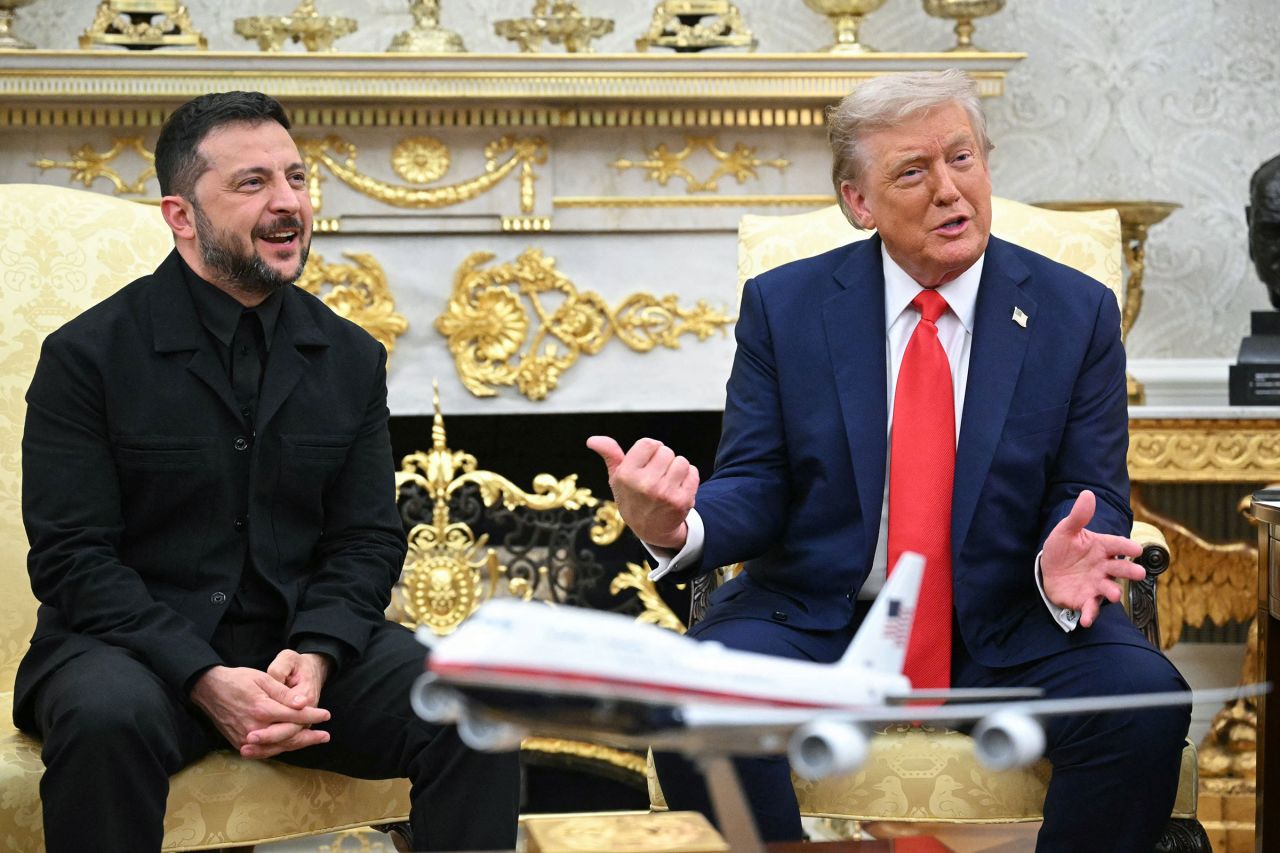
This is foreign policy as a contract. It could make support steadier in Congress because it looks like jobs and deals. It could also push Europe to budget more for a longer war.
But none of that solves the core test of guarantees.
If Russia rejects any force that would actually defend Ukraine, then a “NATO-like” promise without NATO risks looking like the Budapest Memorandum in a new suit. The talking point is different. The outcome could be the same if there is no credible tripwire.
If Russia rejects any force that would actually defend Ukraine, a “NATO-like” promise without NATO is a Budapest Memorandum in a new suit.
The tone at the White House was striking. In February, Trump had confronted Zelenskyy publicly, questioning Ukraine’s war efforts and demanding immediate negotiations.
This time, they smiled for the cameras, projecting calm and unity.
European leaders treated the day like a careful intervention. Analysts called it a “European family intervention” in Washington.
They posed for a “family photo” with Trump and Zelenskyy. They spoke in one voice about a truce and security guarantees. They worked to keep Trump close to positions they could live with. It was stagecraft with a purpose.

Supporters of the meeting said it broke a three-year stalemate. NATO’s acting chief thanked Trump for joining a plan to craft real guarantees. Finland’s president said more progress had been made in weeks than in years.
Within Trump’s circle, officials echoed that line. They said the mix of talks and guarantees opened a new path.
This view places a bet on momentum. Get leaders into a room. Put the US seal on a piece of paper. Lock in Europe’s money and industry. Then rely on that web to hold the line if Russia tests it.
It might work if the web is tight and visible. It will fail if the web is loose and hidden.
Here is the core problem to consider: you can design a plan that looks like NATO without NATO. You can write guarantees, appoint monitors, and schedule summits.
But credibility does not come from words alone. It comes from a clear rule and a known cost for breaking it.
Russia said it views that kind of rule as a threat. That means any promise that truly protects Ukraine will anger Moscow.
The United States and Europe must decide if they are willing to stand behind a line that Moscow threatens to test. If the answer is yes, then the “NATO-like” label can mean something. If the answer is no, the label is a slogan.
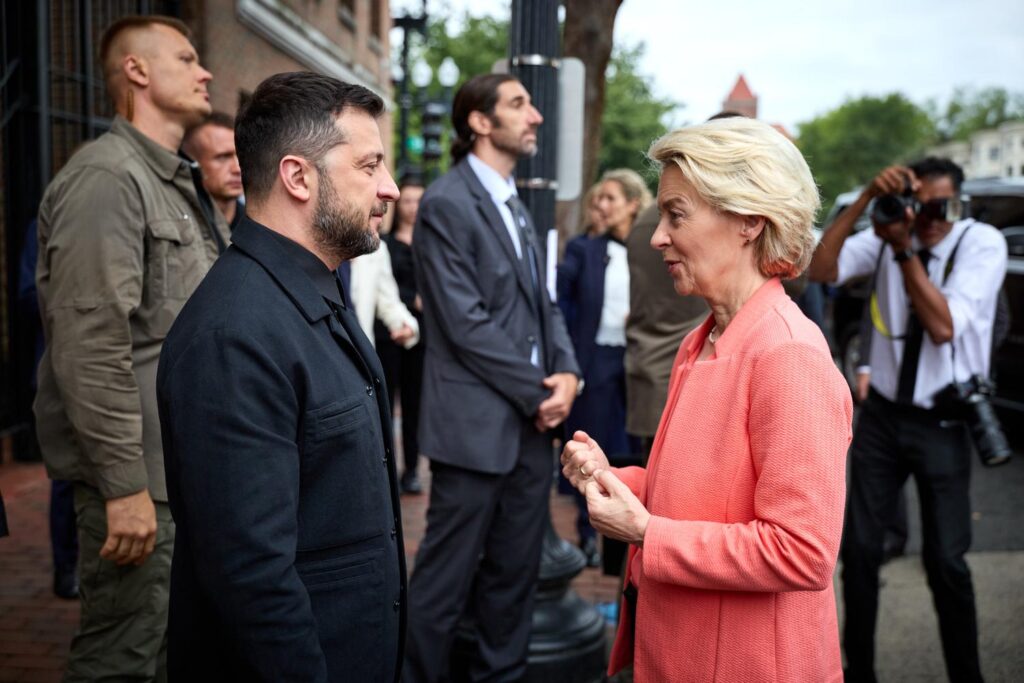
What, then, did this meeting achieve?
It created an outline. Security guarantees will be drafted. Talks may proceed while the war continues. A Zelenskyy–Putin meeting is being pursued, though Russia has not confirmed it. No ceasefire was agreed. There was no map to a final deal.
The near term will test whether Europe can carry more of the burden and whether Washington will turn sales into a lasting stake in Ukraine’s defense.
It will also test whether Kyiv can keep the public on side if territorial questions come to the table. The polling suggests that trading land for peace is still a red line for many Ukrainians.
That constraint is real. It will shape what any negotiator can sign and sell at home.

By accepting negotiations while the war continues, Trump has chosen combat bargaining. That is a hard road. It tends to reward the side that can absorb more losses.
If the West wants that road to lead to a fair peace, it needs to shorten the journey. That means:
The day it is tested is the day it proves its worth. If that is clear, a “NATO-like” plan has a chance to deter. If it is not clear, the war will pause, and then it will resume.
In short, Washington produced motion, not yet movement:
Until that gap closes, Ukraine will keep fighting while diplomacy tries to catch up. That is the reality after 18 August.
It is not defeat. It is not victory. It is the start of a longer test that will measure the will of Europe, the steadiness of the United States, and the patience of the Kremlin.

A relative of a State Duma deputy from the party of Russian ruler Vladimir Putin has died in the war in Ukraine. According to the pro-Kremlin outlet RBC, Oleksandr Milonov, brother of “United Russia” party’s deputy Vitaly Milonov, serving in Luhansk Oblast has been eliminated by Ukrainian troops.
He had volunteered for reconnaissance with the so-called “LNR”, the Russian-backed entity illegal in Ukraine.
Oleksandr Milonov had been fighting against Ukraine for over a year. During the battles, he was wounded and transferred to medical service, another Russian propaganda outlet Fontanka reports. However, it is reported that his injuries “caused a sudden deterioration in his health.”
After being wounded, Milonov was hospitalized, but his condition worsened, and he died. His funeral took place on 19 August at a cemetery in the Pushkin District of Saint Petersburg.
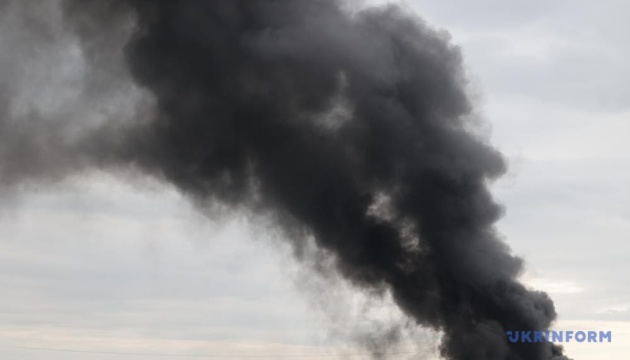

Since the beginning of 2025, Russia’s war has killed four humanitarian workers and wounded 32 in Ukraine, according to the UN Office for the Coordination of Humanitarian Affairs.
More than 100 incidents have been recorded in which humanitarian staff, offices, and property were affected, reflecting the growing risks faced by aid workers trying to help those in need, the UN statement says.
Two of the fatalities occurred while staff were carrying out their duties.
In 2024, more than 380 humanitarian staff worldwide were killed or injured, which is the highest figure ever recorded in humanitarian statistics. The UN warns that 2025 could be even worse.
In July alone, the UN Monitoring Mission documented 286 civilians killed and 1,388 injured — the deadliest month since May 2022.
Since the start of Russia’s full-scale war against Ukraine, the UN has documented at least:
The UN stressed that Ukrainian civilians and humanitarian workers live under constant threat of attacks and destruction of critical infrastructure.
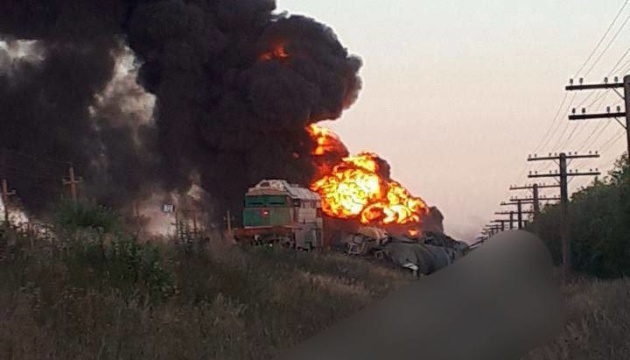
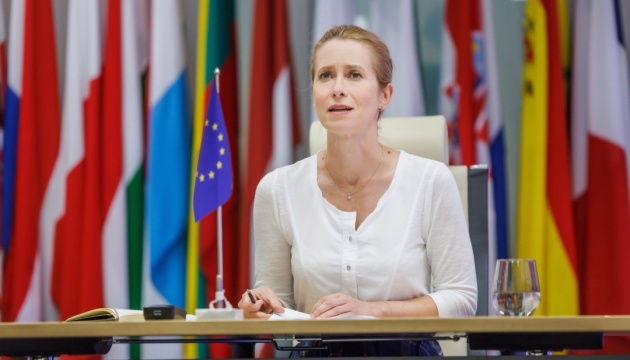
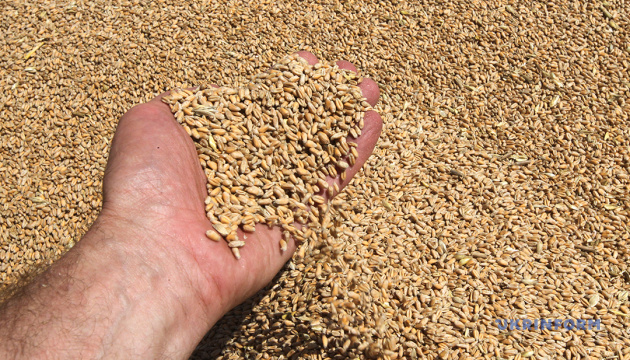


Ukraine strikes the heart of Russia’s funding machine of war. In August 2025, Ukrainian drone attacks hit Russian refineries, halting at least four major plants and depriving Russia of about a seventh of its refining capacity, The Moscow Times reports.
Additionally, half of Ryazan Refinery’s capacity of Rosneft, which produced 6.9 million tons of oil was halted on 2 August. Over three weeks, Russian refineries lost 44.3 million tons of annual capacity—about 13.5% of the country’s total.
Repairs at Ryazan and Novokuibyshevsk refineries will take around a month. Samara Refinery is expected to remain offline at least until the end of August. Energy Minister Sergey Tsivilyov has explained that EU sanctions have delayed delivery of necessary equipment.
“For example, a four-month repair was planned, but some equipment was delayed or not delivered,” he said.
Due to the lack of refined oil, Russia is facing a new gasoline shortage. Prices for A-92 and A-95 fuels have risen 40% and 50% respectively since the start of the year, reaching historical records of 71,970 and 81,337 rubles per ton.
Analysis shows that Ukraine’s drone strikes not only hit Russia’s economy but also undermine the Kremlin’s ability to finance its war machine.
Earlier, Euromaidan Press reported that the Druzba pipeline, Russia’s key oil export artery to Europe, fully halted operations following a Ukrainian drone strike that disabled a key pumping station.
The Ukrainian General Staff officially confirmed the pipeline’s shutdown, marking a major blow to Russia’s fuel exports, and a hard cutoff for its EU clients, including Hungary and Slovakia.
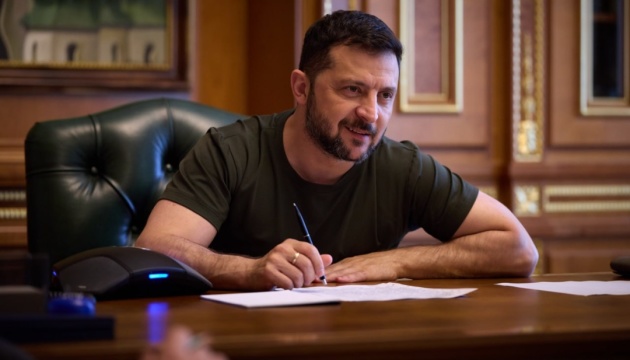

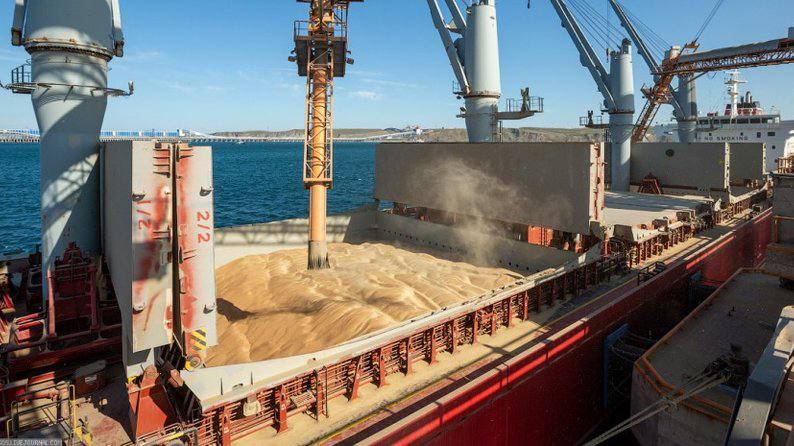
Russia has turned stolen Ukrainian grain into a global business. Moscow is selling so-called “Russian” wheat in 70 countries, including Egypt, Turkiye, and Iran, according to the Center for National Resistance.
Kyiv has recently revealed that Russia owns 42 ships transporting stolen Ukrainian grain and coal. Every ship carrying oil or grain brings Moscow’s more funds to support its military operations. The Ukrainian Intelligence says that over 1,000 ships and 155 captains are involved in transporting weapons and stolen goods from temporarily occupied Ukrainian territories.
Russia is stealing Ukrainian wheat from occupied Luhansk, Donetsk, Kherson, and Zaporizhzhia oblasts. Ukrainian officials estimate that by 2025, Russia has illegally exported around 15 million tons of grain, mostly wheat, from these territories.
“In the new season, the Kremlin is again trying to maintain its market dominance—at the expense of temporarily occupied Ukrainian territories,” says the Center for National Resistance.
Russia collects and exports wheat from occupied Ukrainian lands under the guise of Russian origin.
“This is large-scale grain plundering—a crime for which all involved will be held accountable, from officials to international intermediaries,” adds the agency.
Previously, Euromaidan Press reported that Ukraine plans to appeal to the EU to impose sanctions on Bangladeshi companies importing wheat from Russian-occupied territories. Intelligence reports indicate that over 150,000 tons of such grain have already been shipped from the Kavkaz port.
The Ukrainian embassy has sent multiple notes to Bangladesh’s Foreign Ministry requesting the rejection of shipments containing stolen grain, but officials in Dhaka have ignored these appeals.
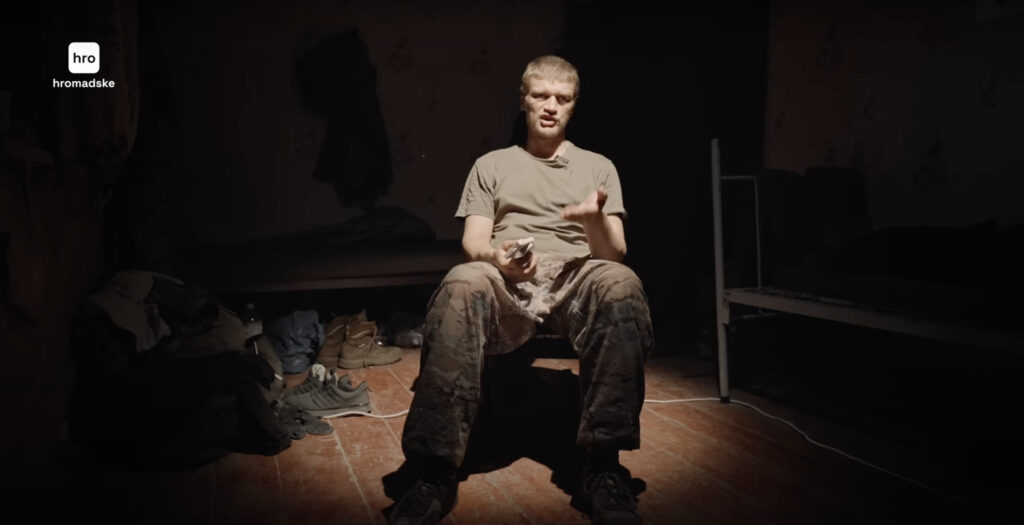
Ukrainian soldier Pavlo Pshenychnyi fought Russian-backed forces in Donetsk Oblast in 2019. Six years later, he found himself fighting for Russia against his own countrymen, while Russia launched an explicit full-scale invasion of Ukraine in 2022.
How does a Ukrainian war veteran end up in enemy uniform? The answer reveals Russia’s systematic transformation of occupied territories into military recruitment grounds, where residents face a brutal choice: prison or the front lines. And often prison is not something that’s deserved but rather inflicted through fabricated charges and threats.
Pshenychnyi’s account, given in an interview with Ukrainian news agency Hromadske after his capture by Ukraine’s Freedom battalion, exposes the machinery behind Russia’s forced conscription in occupied areas.
His story traces a path from Ukrainian defender to unwilling Russian soldier—a journey thousands may be forced to take if Russia continues to grab new territories.
Why did Pshenychnyi join Ukraine’s military in 2018? Simple economics.
“There was no work,” he told Hromadske. His uncle knew someone at the military commissariat who mentioned openings for drivers with commercial licenses.
“Work is work—what’s the difference where you work?” Pshenychnyi reasoned.
His original enlistment in the Ukrainian army had nothing to do with patriotism or defending his homeland. It was purely economic necessity.
Pshenychnyi signed his contract in October 2018. By November, he was manning positions near Avdiivka, where he could see both Donetsk airports from his post. The war felt manageable then. Until 24 February 2019.
That day, Ukrainian snipers from nearby Pisky killed two Russian soldiers, exposing Ukrainian positions. A week later came the response. A Russian sniper’s bullet found Pshenychnyi’s back, killing his fellow soldier Serhiy Luzenko instantly.
Pshenychnyi survived, crawled to safety, and eventually made it home to southern Kherson Oblast with a disability certificate and two military medals.
He thought his war was over.
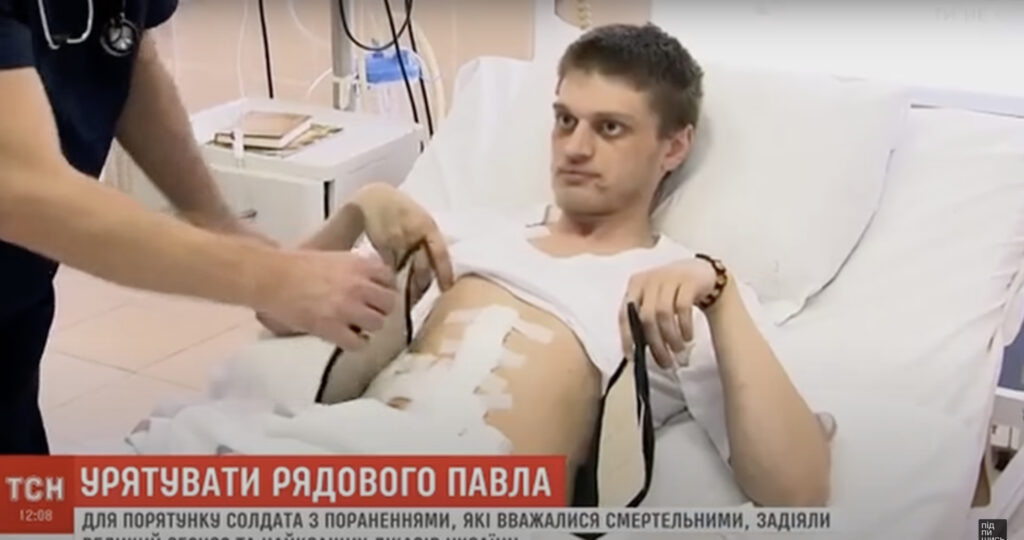
When Russian forces occupied Kalanchak, Kherson Oblast, in February 2022, neighbors quickly identified the local veteran.
“These are good neighbors,” Pshenychnyi said with bitter irony. “Although they’re not very good.”
The first occupiers weren’t even Russian but mostly Dagestanis and other nationalities who barely spoke Russian. They knew enough to search his apartment and confiscate his veteran documents, disability certificate, and medals.
What followed was routine intimidation. New occupying units rotated through monthly, each making their presence known.
“They’d come in on their wave, might hit or not hit, walk around the house, stomp around, look around,” Pshenychnyi recalled. “I was constantly in their field of view.”
During one visit, with his newborn daughter sleeping nearby, Russian soldiers fired two shots into his ceiling. Their message was clear: “You killed our people there.”
Pshenychnyi learned quickly that arguing was pointless and potentially fatal.
“You can’t prove anything to them,” he explained. “There was no point in even saying anything, you could make it worse for yourself.” This was the reality of occupation—silence became survival.
Could Pshenychnyi’s family escape? They tried twice.
The first attempt came eight months after his daughter’s birth in June 2022. At the Russian border, guards turned them back. The child had only a medical document from the hospital—no official birth certificate that Russian authorities would accept.
Six months later, Russian police and child services began visiting. They questioned why the child lacked Russian documents and who the parents were to her.
“They even wanted to take the child—just take her and take her somewhere,” Pshenychnyi said.
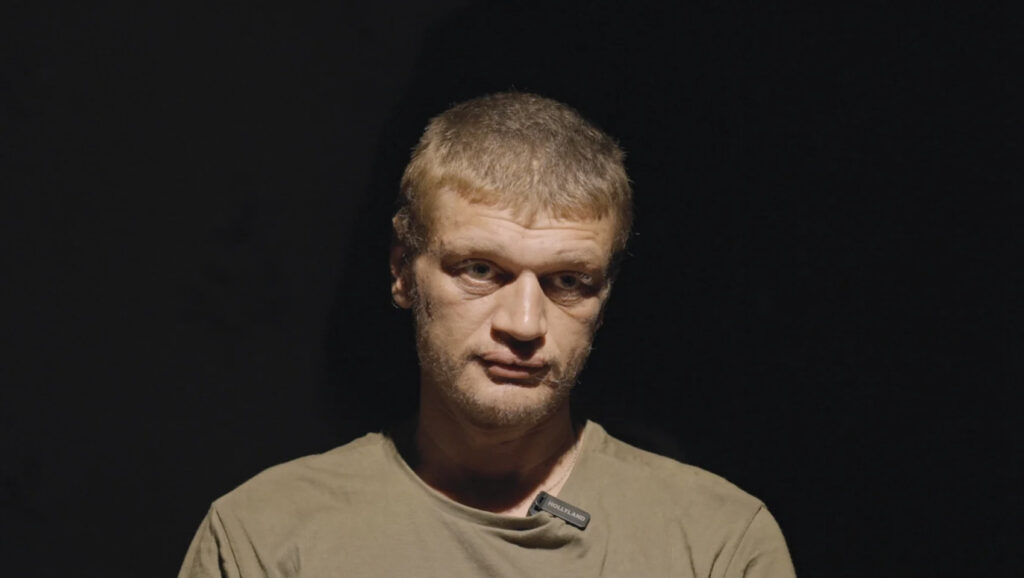
Terrified of losing their daughter, his wife obtained Russian birth papers for the child. They tried leaving again, this time through Lithuania. But Lithuanian border guards saw the mismatch: Ukrainian passports for the parents, Russian birth certificate for the child. Again, turned back.
They were stuck.
In September 2024, police arrived claiming someone had stolen tools and appliances in the village. They’d heard a truck had delivered items to Pshenychnyi’s house the day before. Could they search?
While Pshenychnyi opened his first basement room for inspection, officers positioned themselves near the second room. “While I was opening the second one, they were already shouting: ‘Oh, found everything. No need to search anymore!'”
What did they find? “They pulled out a huge bag of grass, marijuana, brought it into the house,” Pshenychnyi recalled.
Two witnesses emerged from the police car right on cue.
He believes they planted evidence to simply force him into Russian service.
The trial stretched from late 2024 to 29 May 2025. Pshenychnyi faced 12.5 years in prison. But as the judge finished reading the sentence, military commissariat officials entered the courtroom.
“That’s it, here’s your prison. You’re going to the army,” they announced.
What’s Russian military training like for forced conscripts? Deliberately brutal.
At the Makiivka training facility, former prisoners, who were pardoned in exchange for surviving combat, served as instructors. These “Storm Z” veterans had already proven themselves expendable and lived to tell about it.
Training focused on basic assault tactics: how to storm buildings, shoot between ruins, apply tourniquets, spot tripwires. But the real lesson was endurance. Twenty-kilometer daily marches in extreme heat, minimal water rations, constant physical stress.
“They don’t give water during walking so you don’t die without water,” Pshenychnyi explained. The logic was twisted but clear: condition soldiers for the deprivation they’d face at the front.
Who else trained alongside him? A mix that revealed Russia’s recruitment desperation. Some volunteers who’d fought in 2014’s separatist militias. Alcoholics who’d signed contracts while intoxicated and didn’t remember agreeing. Residents from other occupied territories facing similar forced choices.
Many were HIV-positive former prisoners serving 20-plus year sentences, identifiable by red armbands on their left arms. Several died during training from heart attacks because their bodies accustomed to Siberian cold couldn’t handle the sudden heat and physical demands.
The most desperate cases served as human mine detectors. Russia would strip reluctant soldiers of body armor and weapons, point to a target, and promise equipment back if they survived the approach.
Among the most shocking elements were the foreign fighters—Somalis and others who displayed an almost inhuman indifference to casualties. Pshenychnyi witnessed this firsthand when a group of 10 Somali fighters walked ahead of his unit.
“Such people that I don’t know what could be told to them that they go like that,” Pshenychnyi said, struggling to explain their behavior.
When a mortar shell killed one of the Somalis directly in front of the group, the others simply stepped around the body and continued their advance without pause or emotion.
“That’s it, he’s dead. They bypassed him, they went further. And generally they don’t care,” he said. “They go specifically there to do the task. That’s it.”
After six weeks of training, Pshenychnyi received deployment orders. Officials confiscated phones, bank cards, anything connecting soldiers to their previous lives. Then came the trip to Avdiivka in Donetsk Oblast.
The supply situation was immediately clear.
“They gave very little water – for three people per day maximum one and a half liters, and not always full,” Pshenychnyi said.
Soldiers near villages or rivers could sometimes find additional sources. Those in remote forest positions simply went without.
What were their orders? Hold positions 250 meters apart across forest strips. Shoot anyone approaching unless radio communications specifically cleared their movement.
Russian commanders showed little concern for soldier welfare. Pshenychnyi described radio communications where a territorial defense commander threatened troops under mortar fire:
“I’ll shoot you myself, I’ll get you out of the tank now and shoot you… if you don’t continue movement.”
Wounded soldiers received no evacuation.
“If you’re wounded, you have only one way. Either not to be wounded, or better immediately dead. Because you’ll rot in landings and you won’t have evacuation,” Pshenychnyi explained.
When Ukrainian Freedom battalion fighters approached their forest position near Avdiivka, Pshenychnyi and his partner were following standard orders: shoot anyone who approached their sector unless radio communications specifically cleared them.
His partner immediately grabbed his rifle and aimed at the approaching figures. But Pshenychnyi quickly assessed their situation—they were surrounded and outgunned.
“Put down the rifle, why will all this shooting start now?” he told his companion, recognizing the futility of resistance. “What can I do if they’re already standing with rifles? I won’t even have time to take it, whether they’re ours or not, whoever they are.”
Initially, Pshenychnyi couldn’t tell who was approaching their trench. “Well, maybe ours, maybe they’re coming from somewhere. Russians, I think, what’s the difference?” he recalled thinking.
The soldiers called out something, but he couldn’t immediately recognize their identification marks. Only when he got a clear view of their uniforms did recognition dawn.
“Then I look, pixel camouflage, I say: ‘Oh, Ukraine, give us water!'” he called out.
The Ukrainian soldiers were shocked to discover they’d captured a fellow veteran. One asked directly:
“What do you think your guys you fought with since 2014 would say if they found out you’re here now?”
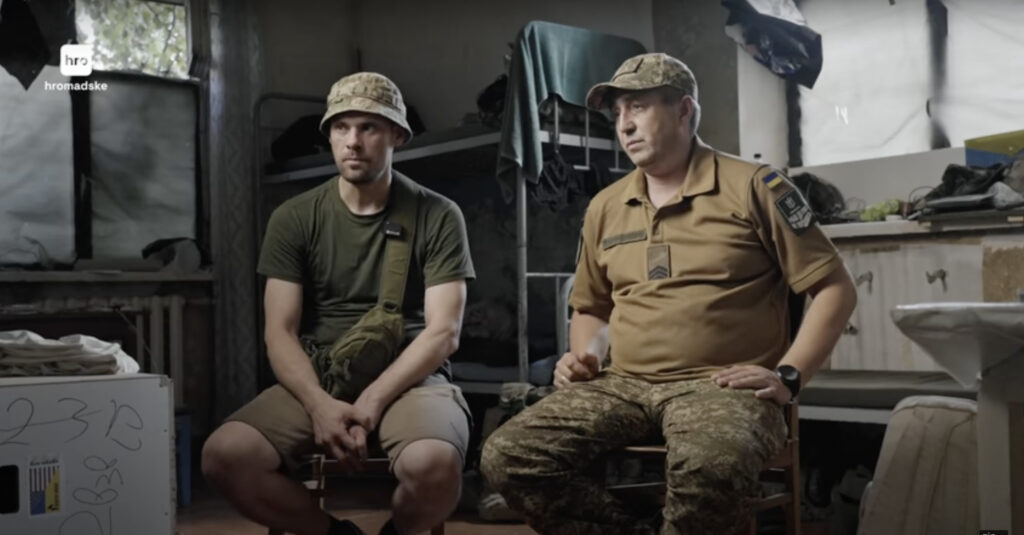
The way Ukrainian soldiers treated Pshenychnyi as a prisoner of war (POW) surprised him.
“I imagined that I would sit there tied up somewhere, and here it’s completely different. And they give food… And they brew coffee,” he shared. “I was glad that I surrendered—otherwise in a few days I would have simply died of dehydration.”
How many others face Pshenychnyi’s dilemma? His account suggests thousands.
The recruitment system extends beyond fabricated criminal cases. All men under 30 in occupied territories face conscription for military service in Russia. Some serve domestically, others get sent to combat zones.
Those who initially refuse face calculated deception. They’re allowed to live normally at base for weeks, even permitted shopping trips. Just when they think they’ve escaped combat duty, orders arrive: join the assault units or face consequences.
When asked about the common saying among Ukrainians that “if you don’t serve in your own army, you’ll serve in someone else’s,” Pshenychnyi’s response was stark:
“That’s how it will be. If they capture territories, then there will be no choice for anyone, like here.”
Can residents of occupied territories avoid this fate? Pshenychnyi’s assessment left little hope: “There will be no choice at all.”
Russia isn’t just occupying Ukrainian territory. It’s systematically converting Ukrainian citizens into weapons against their own country, using fabricated criminal cases, manipulations and threats to families.
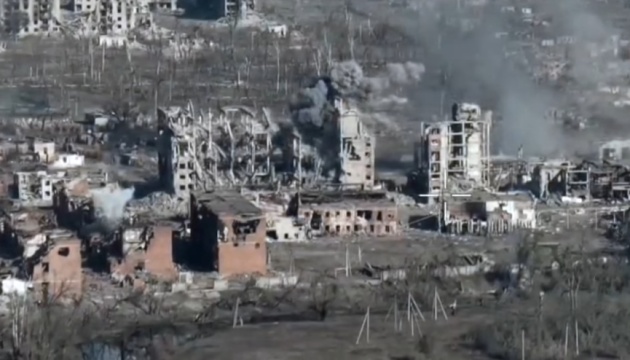
The president of war-torn Ukraine looked shocked when Donald Trump described Washington DC as “the most unsafe place anywhere” during a meeting at the White House.
.jpg?width=1200&auto=webp&trim=0%2C100%2C0%2C100)
© Reuters
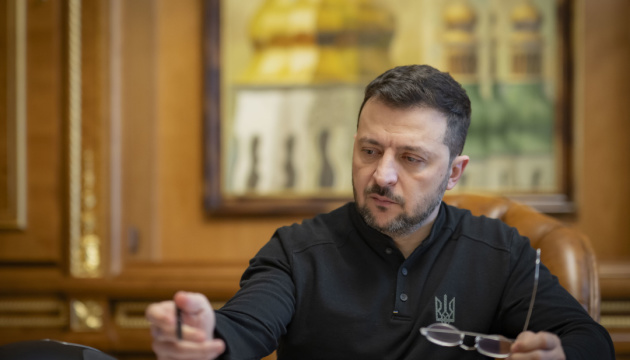

With Donald Trump pushing for a meeting between the two war time leaders, we look at their last encounter

© AFP/Getty

Ukraine’s new Flamingo cruise missile, developed by the defense technology company FirePoint, has been deployed in combat and used against targets in Russia, according to reports from ZN.ua. The domestically produced missile has a flight range exceeding 3,000 km and carries a 1,150 kg warhead.
ZN.ua reports that it received exclusive footage from FirePoint showing both test and combat launches of the Flamingo missile.
The videos reveal the missile being launched in a training environment and then in actual battlefield conditions, targeting sites inside the Russian Federation.
According to ZN.ua, the missile has already been used in combat for some time, and the provided footage shows that it successfully struck designated targets on Russian territory. These claims are presented by the company through the video documentation given to the outlet.
The production and testing of the Flamingo missile reportedly took place in protected facilities located in the Carpathian forests. ZN.ua states that FirePoint conducted successful test launches several months ago. After those trials, the missile entered serial production. The company is now scaling up manufacturing and expanding production capacity.
During development, FirePoint focused on three main parameters: maximum range, large warhead capacity, and rapid deployment from compact platforms. ZN.ua reports that FirePoint says all three objectives were successfully achieved in the current version of the missile.
Militarnyi reports that, according to FirePoint, the Flamingo has a flight range of over 3,000 km and carries a 1,150 kg warhead. A company representative told Ukrinform that the missile’s top speed reaches 950 km/h. The company also claims that the missile is protected against Russian electronic warfare systems.
The video shows that Flamingo uses a small solid-fuel booster for initial thrust and altitude gain, followed by a jet engine for sustained cruise. Launches are conducted from small mobile platforms, allowing for fast setup and increased operational flexibility.
FirePoint is also the manufacturer of the FP-series drones. According to Militarnyi, the company is now actively scaling the Flamingo project alongside its drone production. FP-1 drones have been used against targets in Russia since at least 2024.
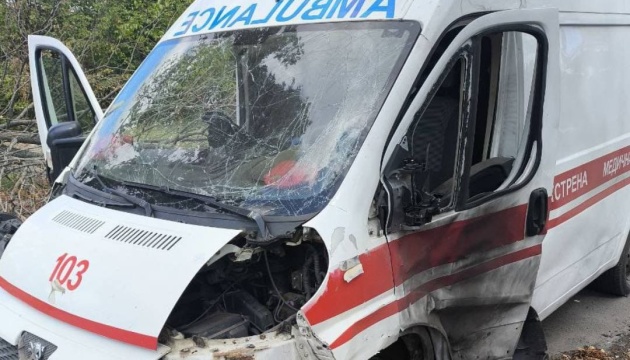
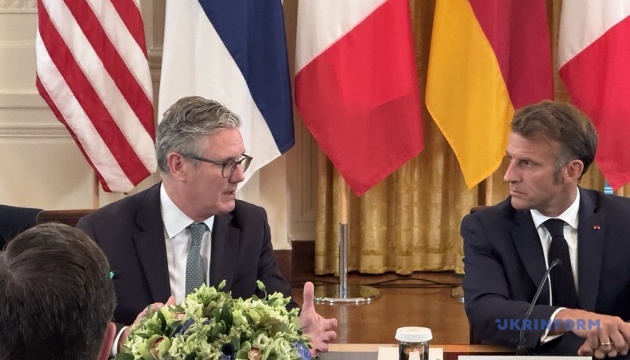
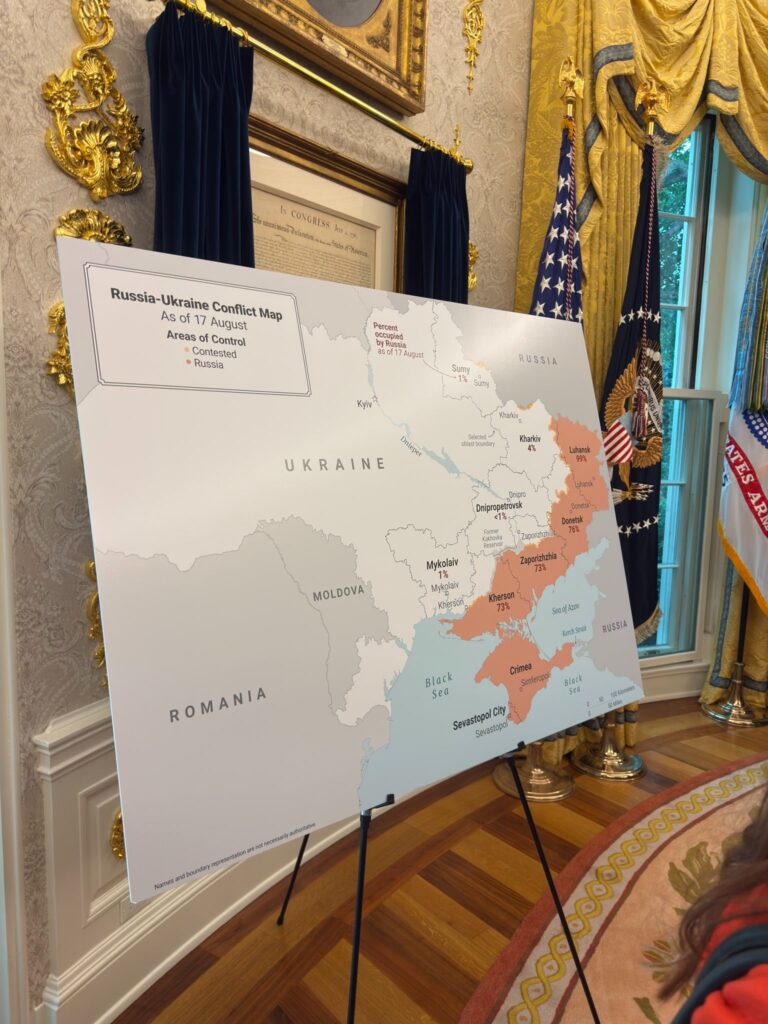
Ukrainian President Volodymyr Zelenskyy openly challenged a territorial map presented in the Oval Office during his 18 August meeting with US President Donald Trump and several European leaders, arguing that the displayed 20% figure of Russian-occupied Ukrainian territory was misleading. Zelenskyy insisted that during the first 1000 days of full-scale war, Russian forces had actually taken only around 1% of Ukraine’s land.
Zelenskyy said the US-prepared map overstated Russian gains and distorted global perceptions of Ukrainian military strength. According to him, the real figures painted a very different picture, Suspilne reported.
“People think 20% or 18%, but it was up to 1%,” he said, explaining that “this slightly changes the balance of how strong Russia’s army is and how strong Ukraine’s army is.” He emphasized that Ukraine’s priority remained “truth and reality.”
Speaking to reporters after the summit, Zelenskyy described the exchange over the map as “slight disagreement,” but noted that the conversation was “warm, good, and substantive.” He said both sides brought their own versions of battlefield maps to the Oval Office.
Zelenskyy also argued that the occupation of territories like Crimea and parts of eastern Ukraine in 2014 did not result from conventional military clashes.
“There were no military operations, for example, in Crimea—no large-scale ones,” he said. “So you cannot say that such a large part was occupied over that period because Russia had a strong army.”
According to Liga, Zelenskyy stressed that explaining when and how each part of Ukrainian territory was seized was essential for helping allies like the US understand battlefield shifts. He noted that such discussions were long but necessary for an accurate joint understanding.
Zelenskyy made it clear that any negotiations regarding Ukrainian territory will take place solely between him and Russian dictator Vladimir Putin.
“We’ll leave the question of territories between me and Putin,” he said, according to Liga.
He added that Trump “heard and saw” the important information, presented by the Ukrainian side.
“That’s why the issue of territories is one that we will leave between me and Putin,” he repeated.
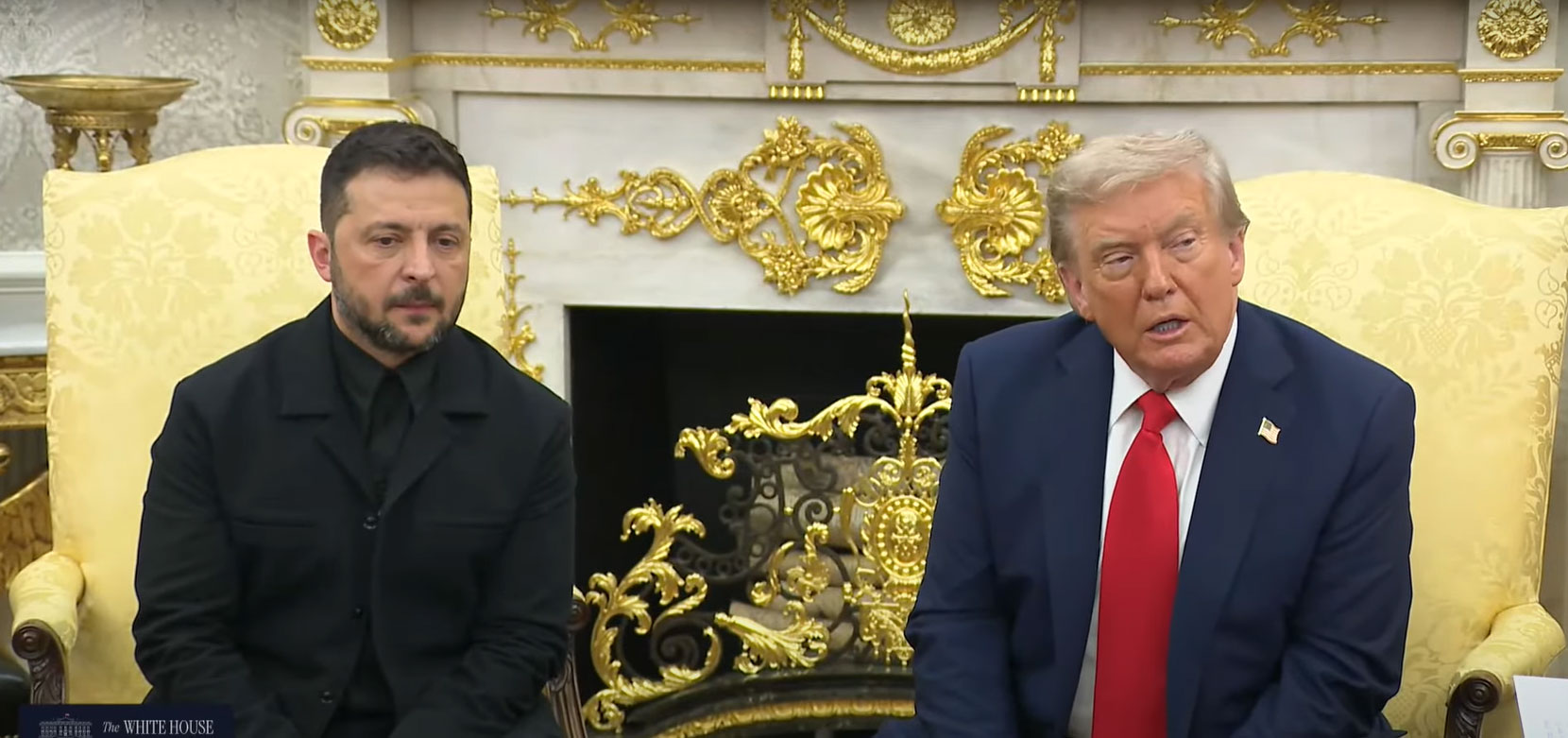
As reported by BBC and others, the Oval Office meeting on 18 August included leaders from across Europe, among them UK Prime Minister Keir Starmer, French President Emmanuel Macron, German Chancellor Friedrich Merz, Italian Prime Minister Giorgia Meloni, Finnish President Alexander Stubb, and NATO Secretary General Mark Rutte. The leaders discussed security guarantees for Ukraine, military aid, and future diplomatic steps.
Following the summit, Trump phoned Putin and said the US was preparing for a possible trilateral summit involving Washington, Kyiv, and Moscow. According to Zelenskyy, such a meeting would follow any bilateral contact between the US and Russia.
“We are ready for bilateral with Putin,” Zelenskyy said outside the White House fence.

He confirmed that no date had been set for those talks but said that discussions were ongoing.
Macron said European forces may join peacekeeping operations in Ukraine and warned that peace talks could not be delayed for weeks or months. Merz compared Russia’s territorial demands to forcing the US to surrender Florida. Meanwhile, EU Commission President Ursula von der Leyen called again for Russia to return abducted Ukrainian children.
Meanwhile, US Secretary of State Marco Rubio told Fox News that territorial compromises from both sides may be necessary to end the war.
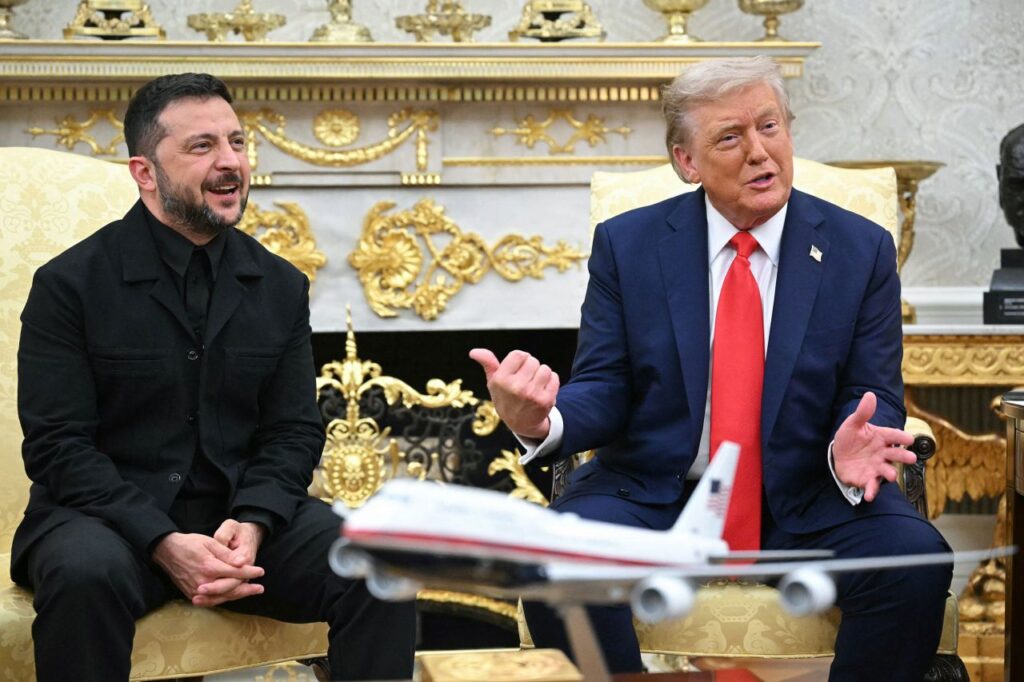
Russian ruler Vladimir Putin has proposed holding a meeting with US President Donald Trump and Ukrainian President Volodymyr Zelenskyy in Moscow, Agence France-Presse reports. According to one source, Zelenskyy has declined to travel to Russia’s capital.
Putin’s offer positions Russia, despite its 160,000 war crimes and killings of 13,800 Ukrainian civilians, back at the center of the diplomatic process, a move criticized by many as legitimizing the aggressor. Previously, the US maintained a strict stance, avoiding official negotiations with Russia due to its atrocities. Yet Putin has already secured a diplomatic “privilege” in the form of a separate bilateral meeting with Trump in Alaska.
Editorial: The summit that peacewashed genocide
On 18 August, Ukrainian President Zelenskyy arrived at the White House, where he was welcomed by US President Trump. The leaders first held a bilateral meeting in the Oval Office, followed by talks with European leaders and NATO’s Secretary General Mark Rutte.
The discussions focused on security guarantees for Ukraine, details of which remain largely undisclosed, though they may include a $90 billion US package for air defense systems and aircraft.
Zelenskyy stated that he is ready for a bilateral meeting with Putin without any preconditions.
Following the meetings, Trump announced that preparations had begun for a potential meeting between Zelenskyy and Putin. He later called Putin directly, TASS reports. Subsequently, Russian Foreign Minister Sergey Lavrov declared that Russia does not refuse either bilateral or trilateral negotiations with Ukraine regarding peace.

Russia has concentrated 100,000 troops on Ukraine’s Pokrovsk front in Donetsk Oblast. According to experts, this number is enough to attack a European country. However, Commander-in-Chief of the Armed Forces of Ukraine Oleksandr Syrskyi says that Russian forces attempting to advance in the sector lost their momentum after Ukrainian counteractions, RBC reports.
On 11 August, the analytical project DeepState reported Russian advances in the Dobropillia area near Pokrovsk. However, in recent days the situation has begun to stabilize: Ukrainian defenders have regained several positions and cleared a number of settlements. This was made possible by the redeployment of one of the most combat-capable brigades, Azov, to this sector.
According to Syrskyi, Russia has been employing the tactic of “a thousand cuts” — advancing with small assault groups across a broad front. Recently, the occupiers managed to push 10–12 km deep. However, the situation changed after the elite units were redeployed.
“We cleared settlements and key areas, and the enemy’s victorious mood turned into despair. Their social media posts once had the tone of ‘forward, victory,’ but now it’s ‘surrounded, the end,’” Syrskyi stresses.
Ukrainian troops continue clearing villages in the Pokrovsk direction, including with the use of robots with machine guns with by the 93rd Separate Mechanized Brigade.
In the Sumy Oblast, Syrskyi notes, Russian forces has also suffered a major setback.
“There was a Russian grouping there composed of their best units — airborne troops, marines, and motor rifle brigades. Yet Russia has had no success in the past two months,” he underlines.
Syrskyi emphasizes that the top priority for Ukraine’s armed forces now is drones and robotic systems.
“First and foremost, we are talking about aerial drones, especially those with elements of artificial intelligence. In addition, this year 15,000 ground robotic platforms of various types will enter service,” he said.
Commenting on Kremlin claims that Russia could fight for “three, five, or ten more years,” Syrskyi concluded: “I think that’s just bravado.”
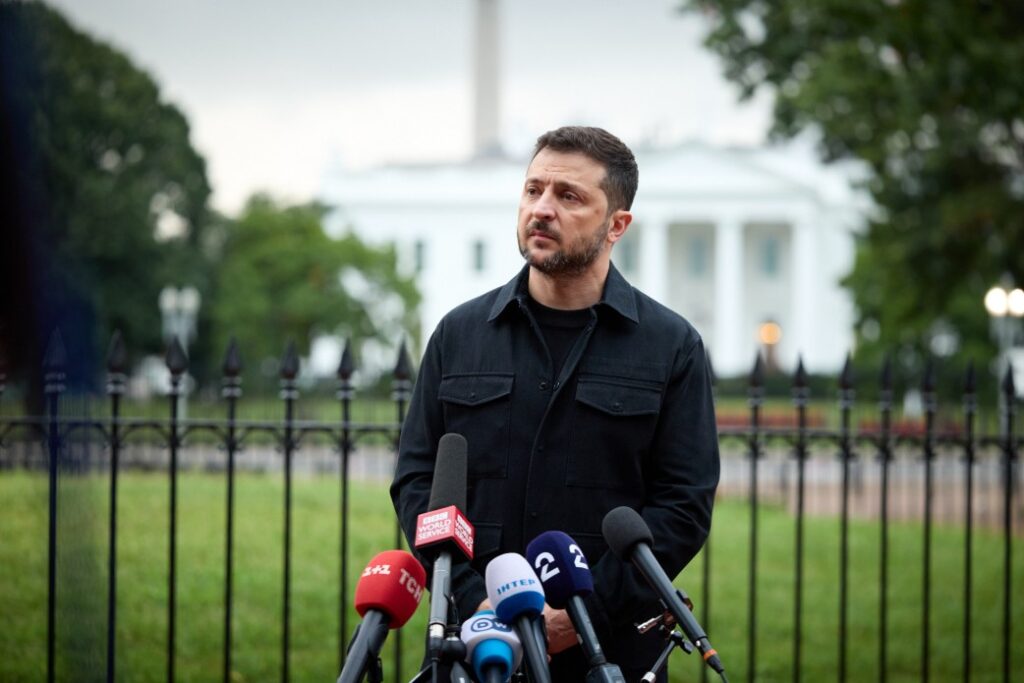
On 19 August, Ukrainian President Volodymyr Zelenskyy announced that Ukraine’s security guarantees are expected to be formalized on paper within the next 7–10 days. Speaking at a briefing in Washington, he said the document will include a US weapons package worth $90 billion.
According to the World Economy’s Ukraine Support Tracker, from the start of the full-scale war until June 2025, Europe allocated at least 35.1 billion euros for Ukraine’s armaments — 4.4 billion euros more than the US. In 2025, US President Donald Trump’s administration approved arms exports to Ukraine, but the country must finance these purchases independently.
At the same pace of weapons supply, this funding could last for 4.5 years of military support in the event of a new attack.
“Security guarantees will be coordinated with our partners and officially signed in the near future,” Zelenskyy stressed.
He noted that the second key element of the guarantees is an American defense package worth $90 billion, which includes aircraft, air defense systems, and other weaponry. He added that more details on the future agreements will emerge daily.
Zelenskyy emphasized that Ukraine does not need a “pause in the war,” but real peace. He highlighted the important role of the US in the process.
“Washington is sending a clear signal that it will be among the countries helping to coordinate and participate in Ukraine’s security guarantees. This is a significant step forward,” he said.
After the meeting with US President Donald Trump, which Zelenskyy called “the best” he ever had, he also stated that Ukraine is ready for any format of meeting with Vladimir Putin.
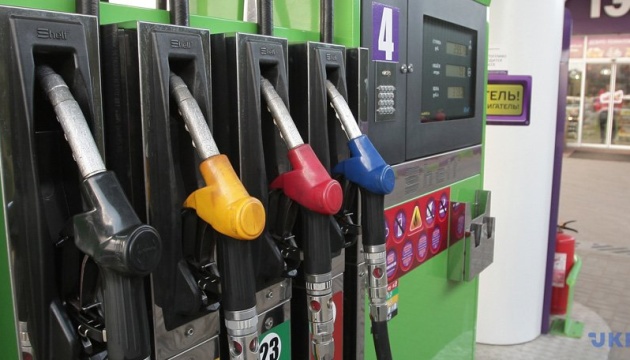


The sniper was part of the ‘Pryvid’ sniper unit defending the key Ukrainian town of Pokrovsk from advances by Putin’s forces

© Telegram
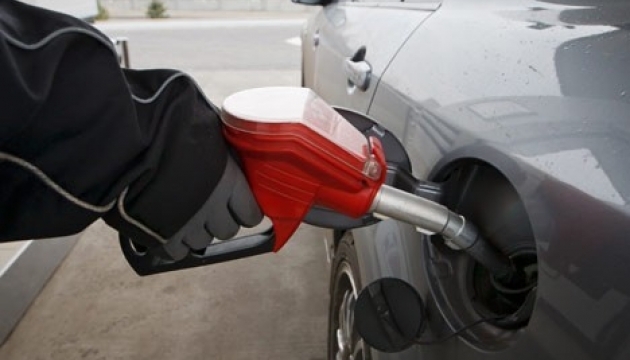
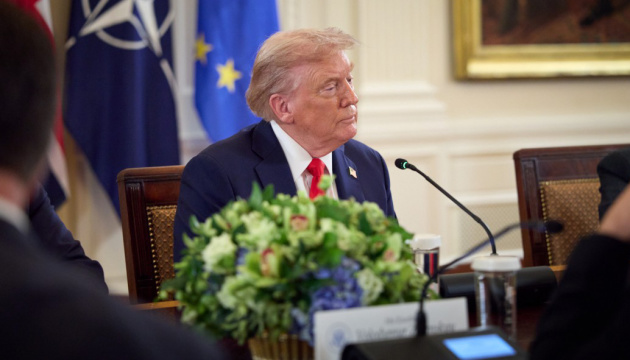
Giorgia Meloni was heard telling Donald Trump that she never wants to speak to the Italian press during the summit on Ukraine in Washington, DC on Monday, 18 August.

© Getty Images
‘The idea has been floated by foreign policy thinkers on the right and left for some time,’ former Republican congressman says

© Getty Images
The meeting could happen as soon as within the next two weeks

© AFP/Getty